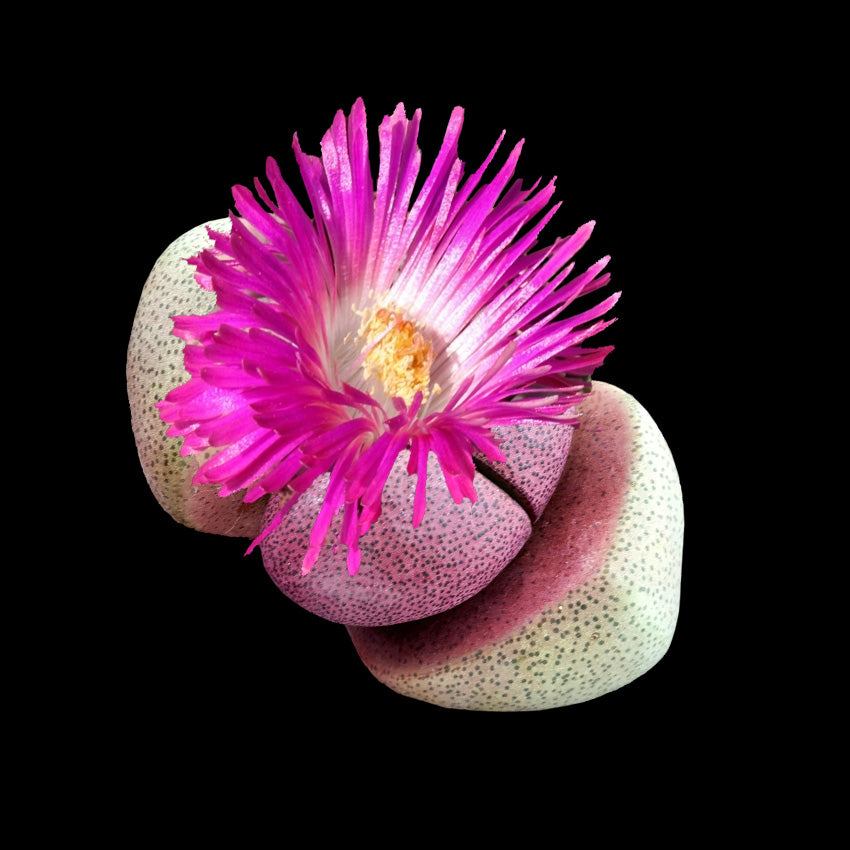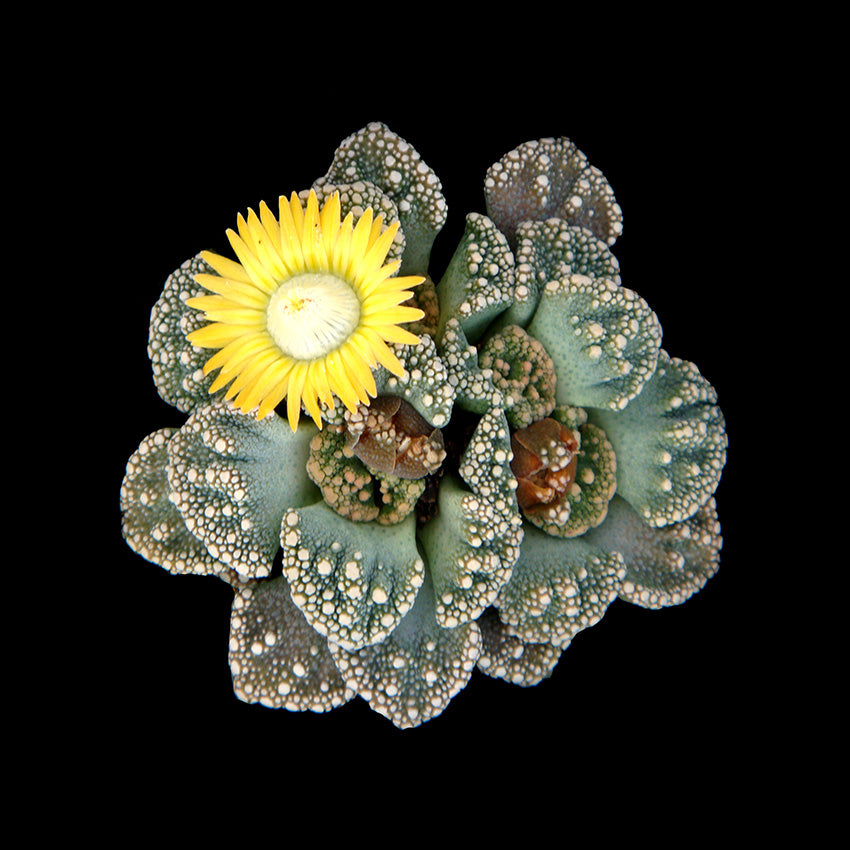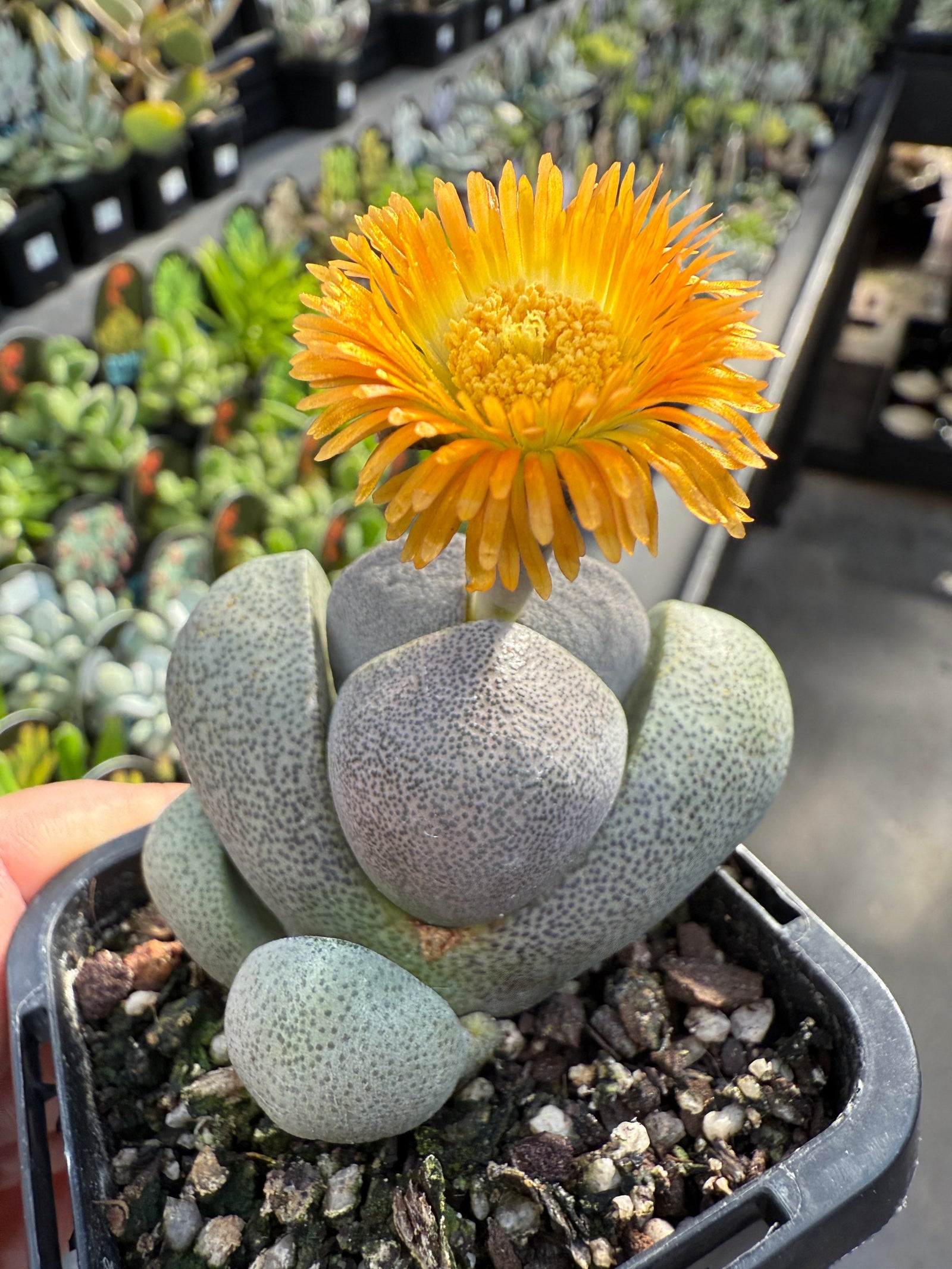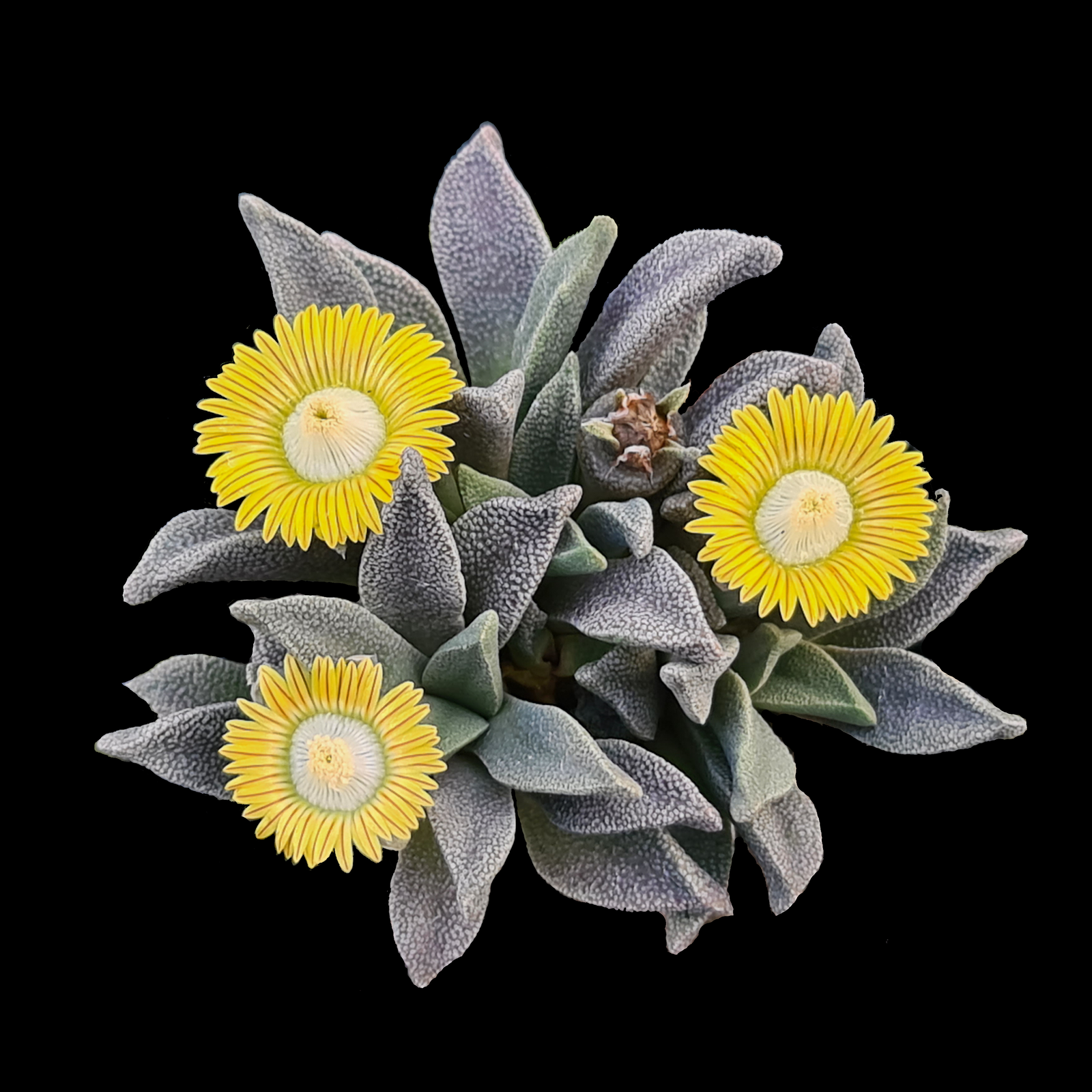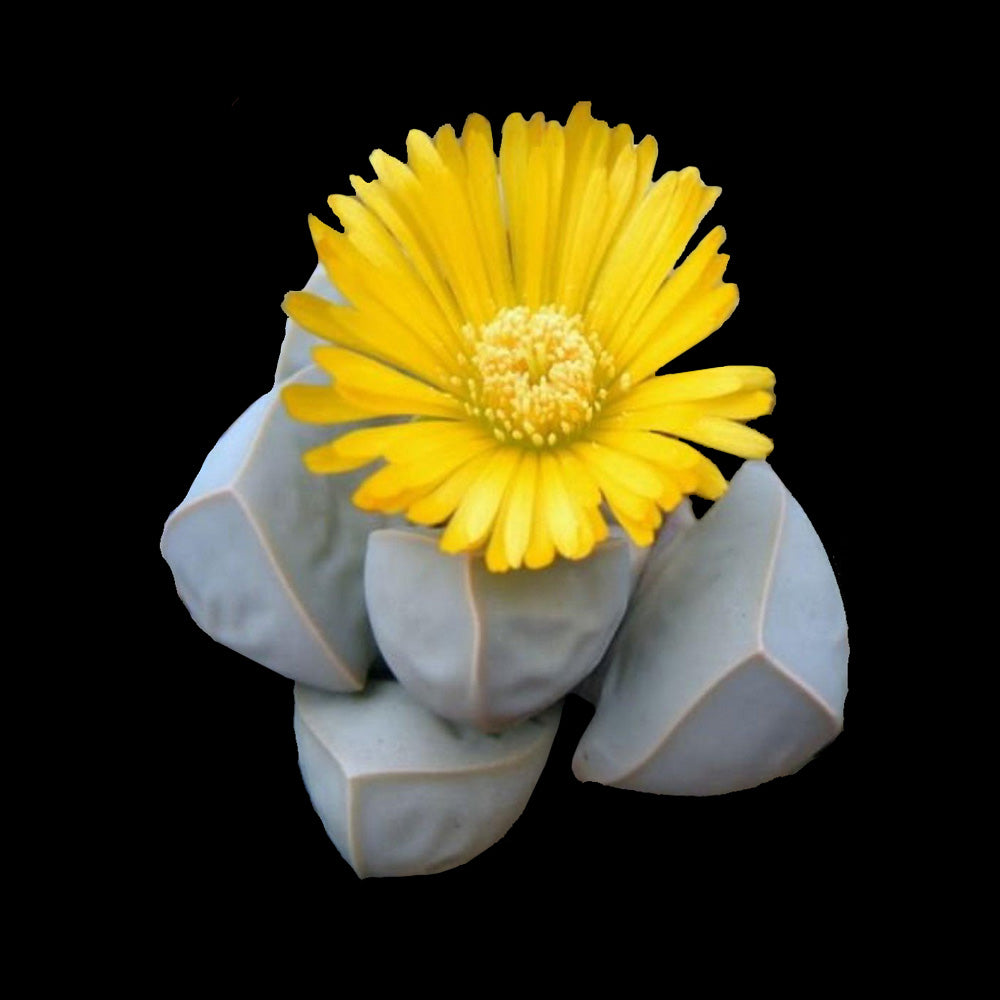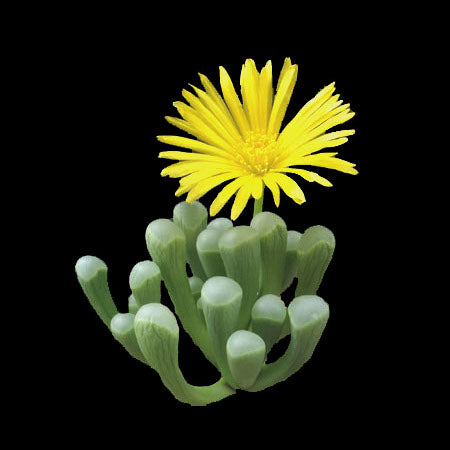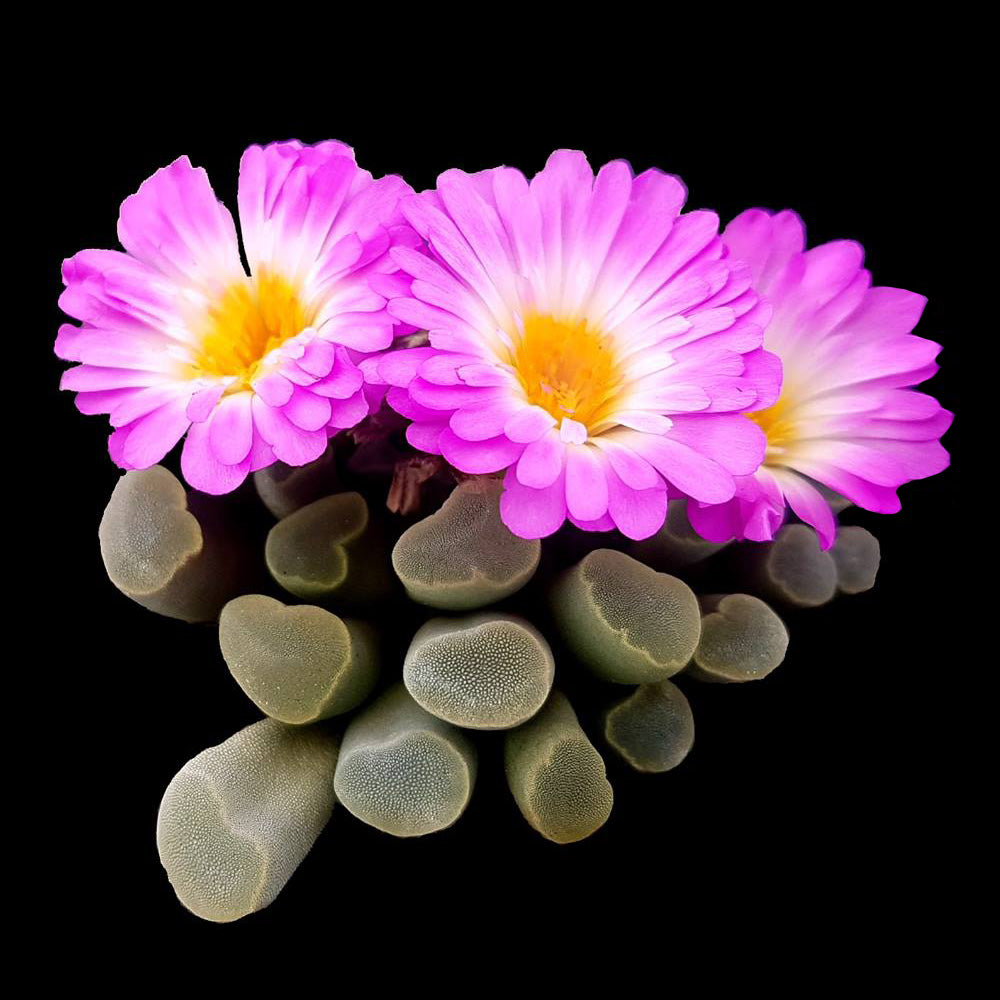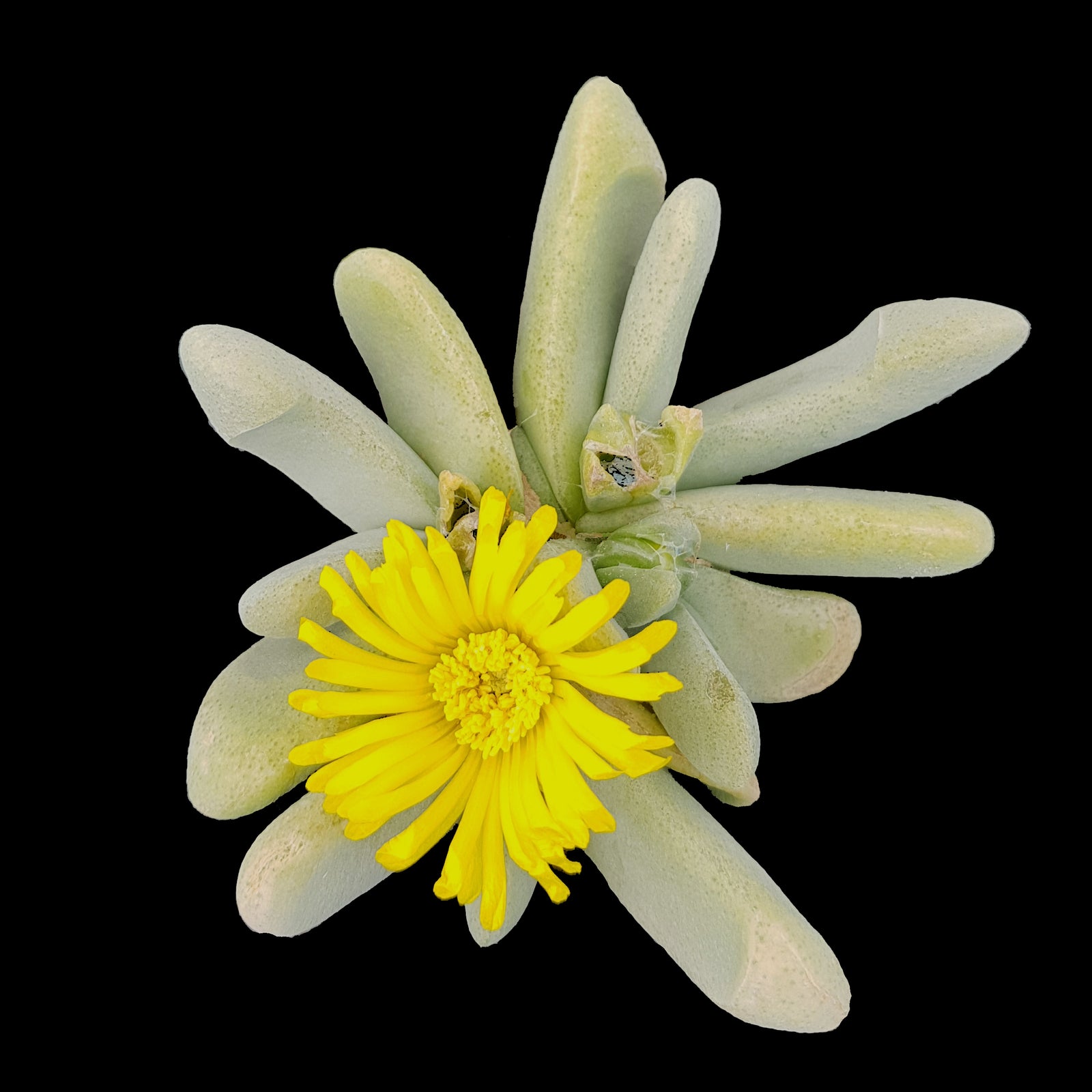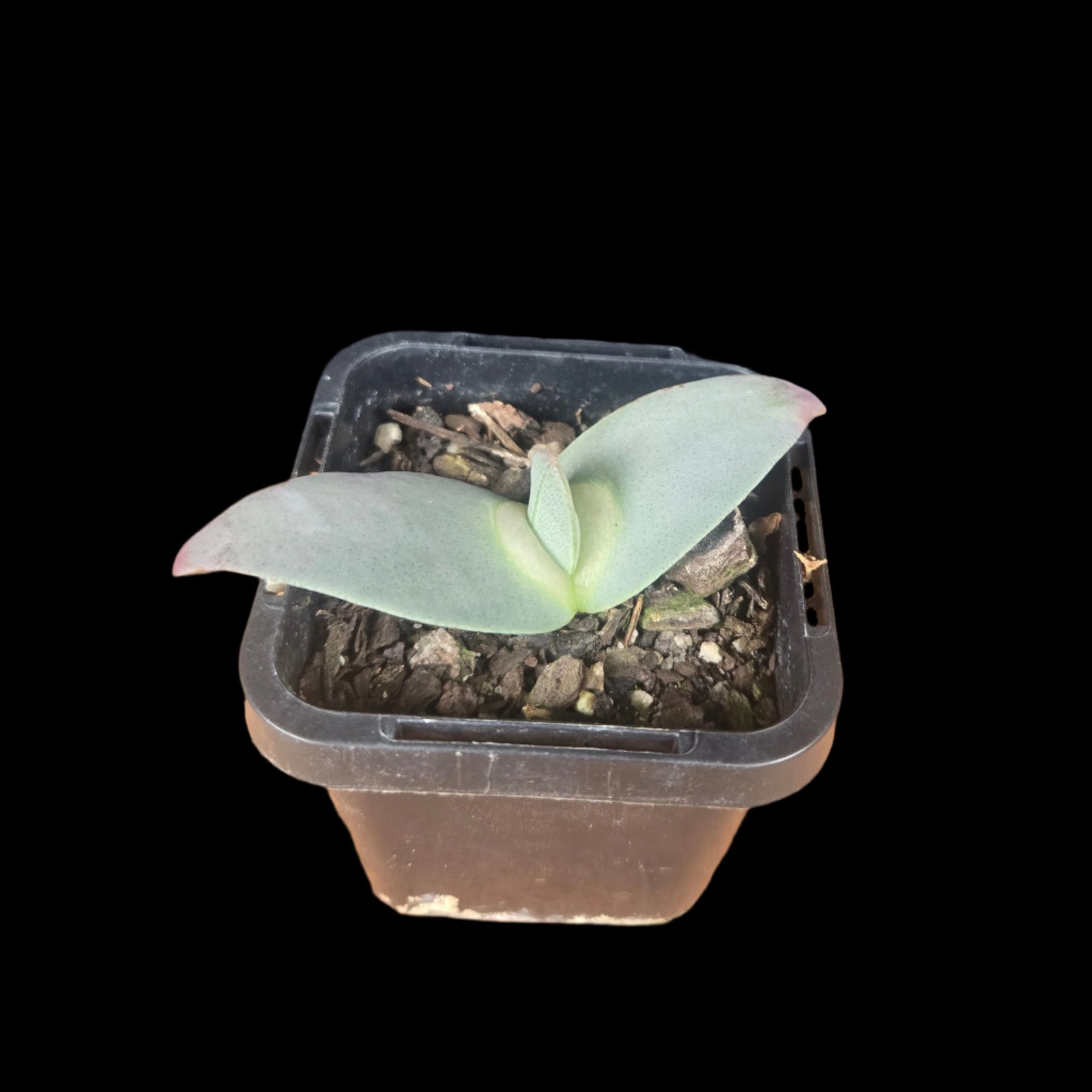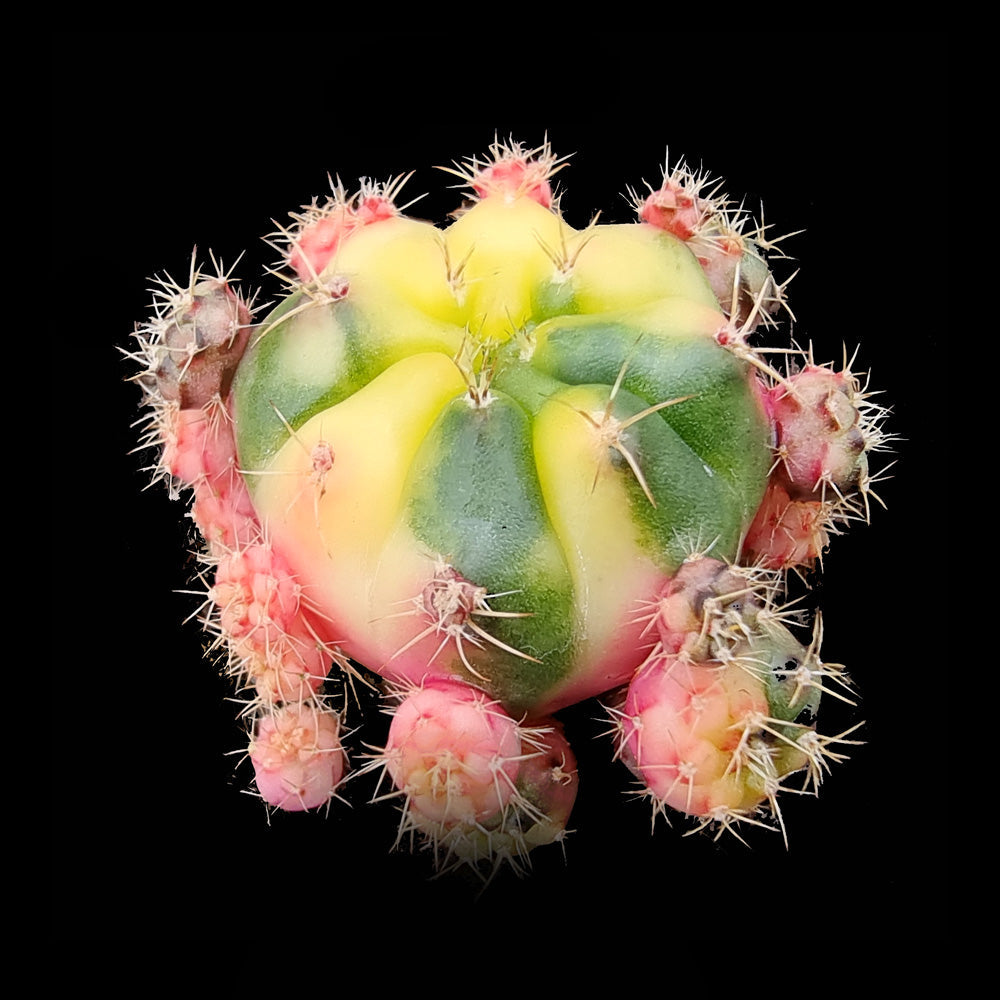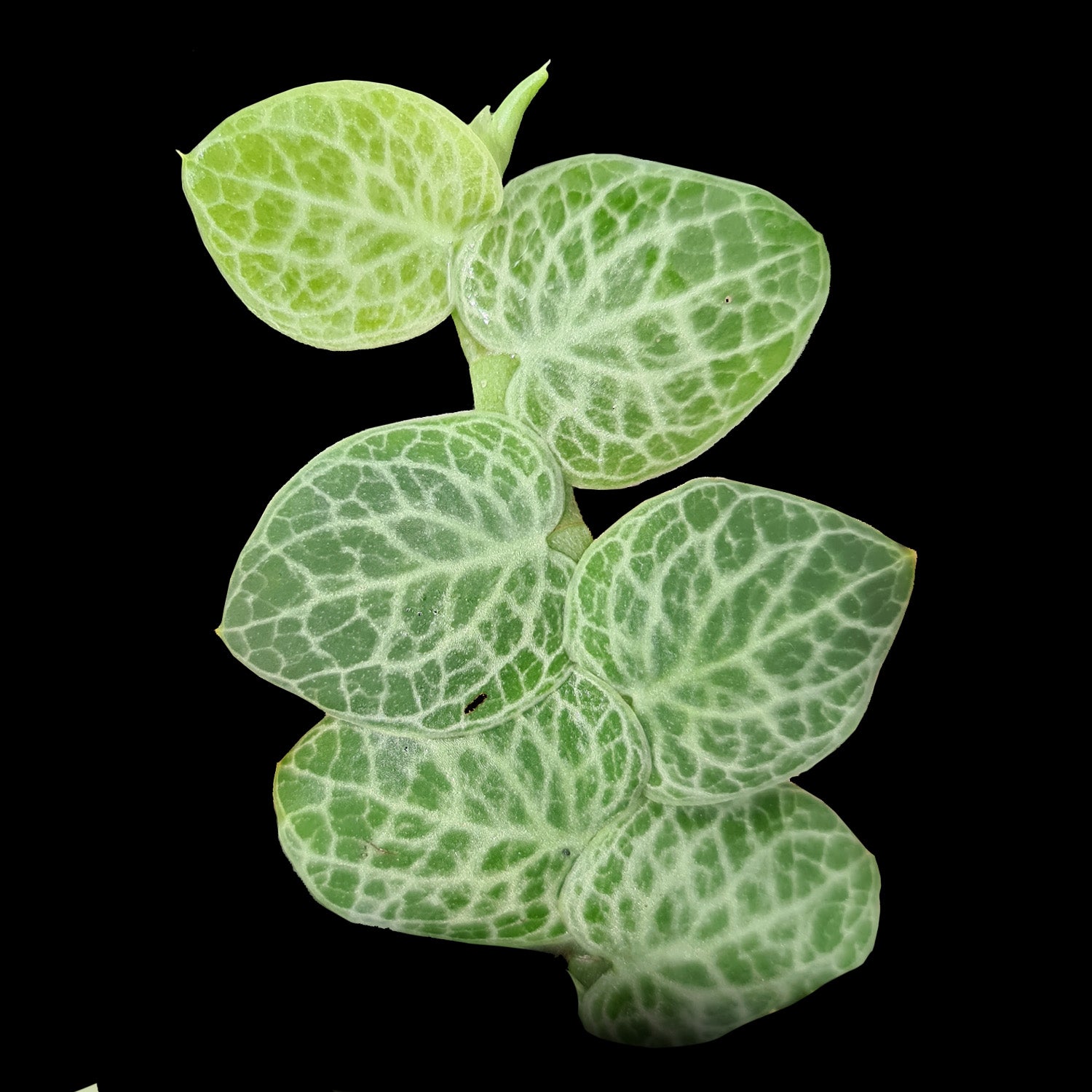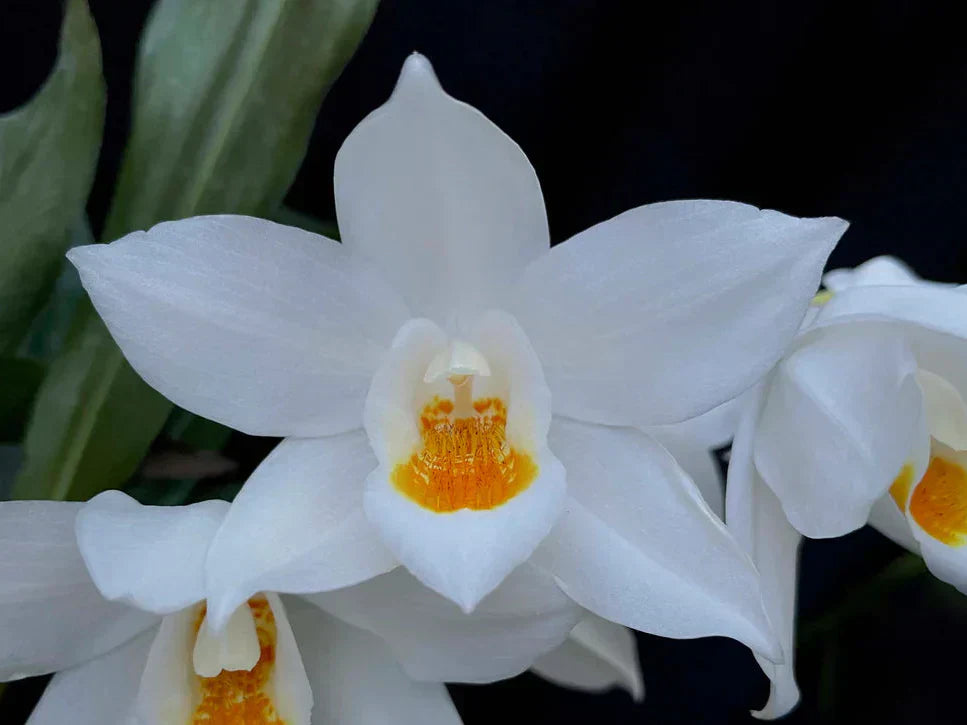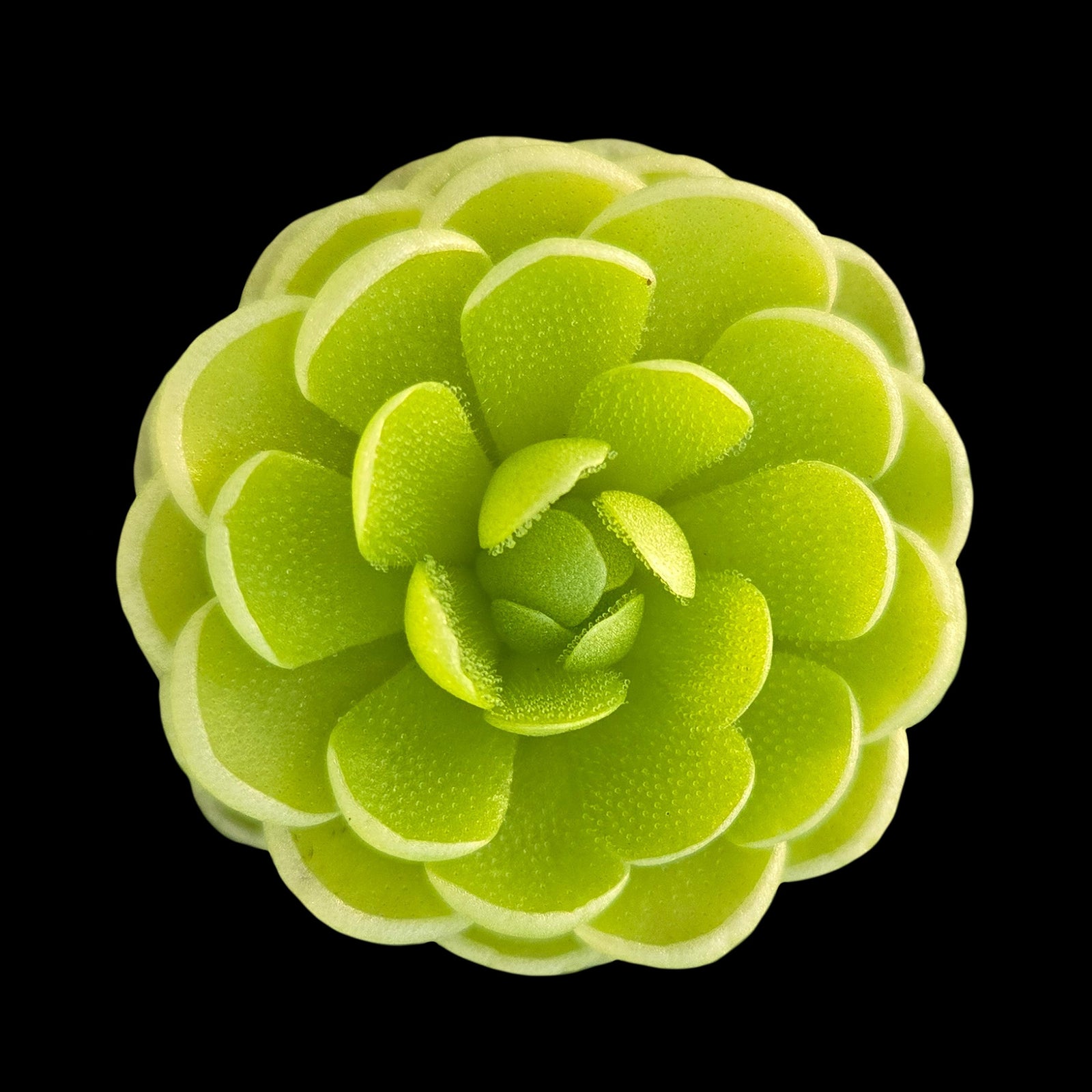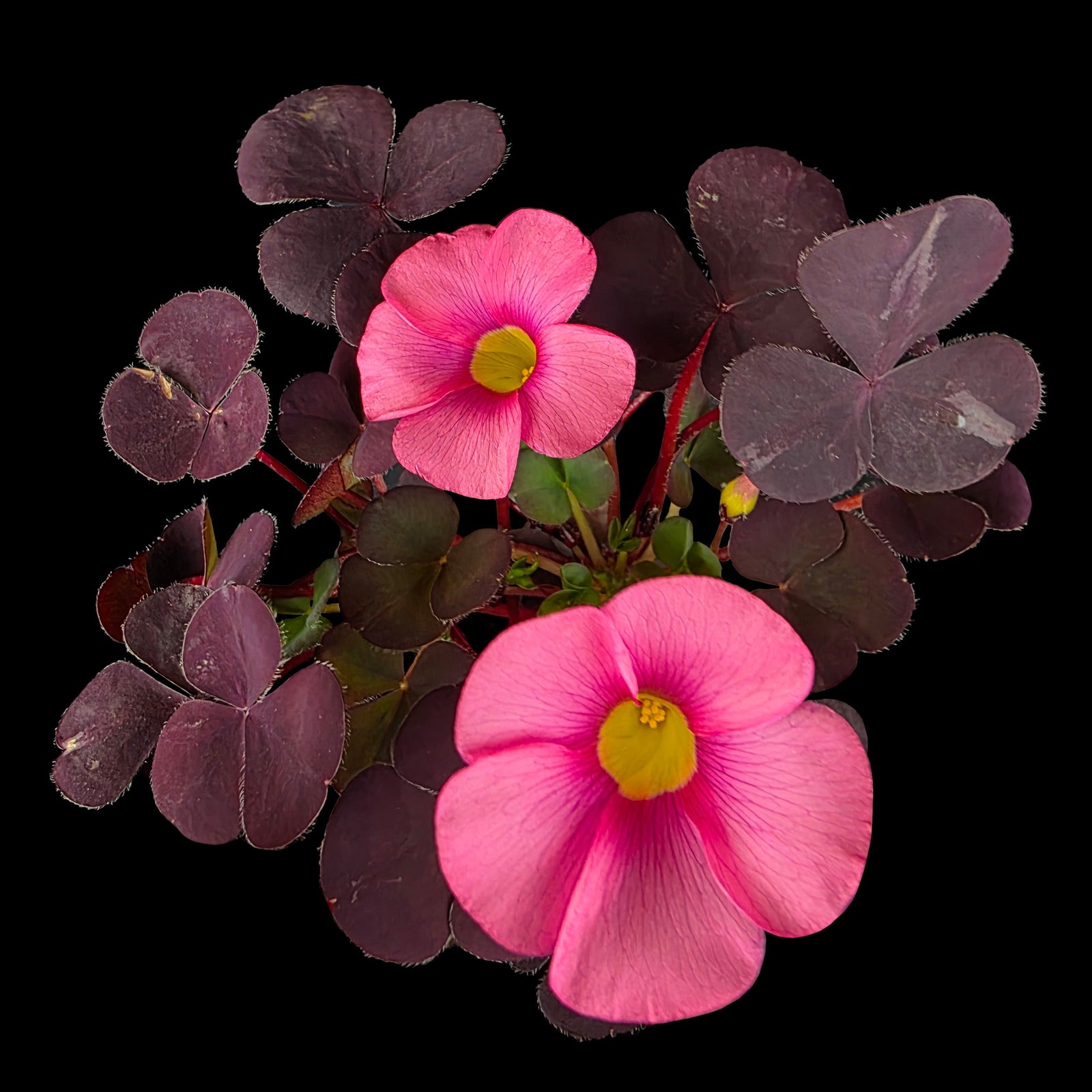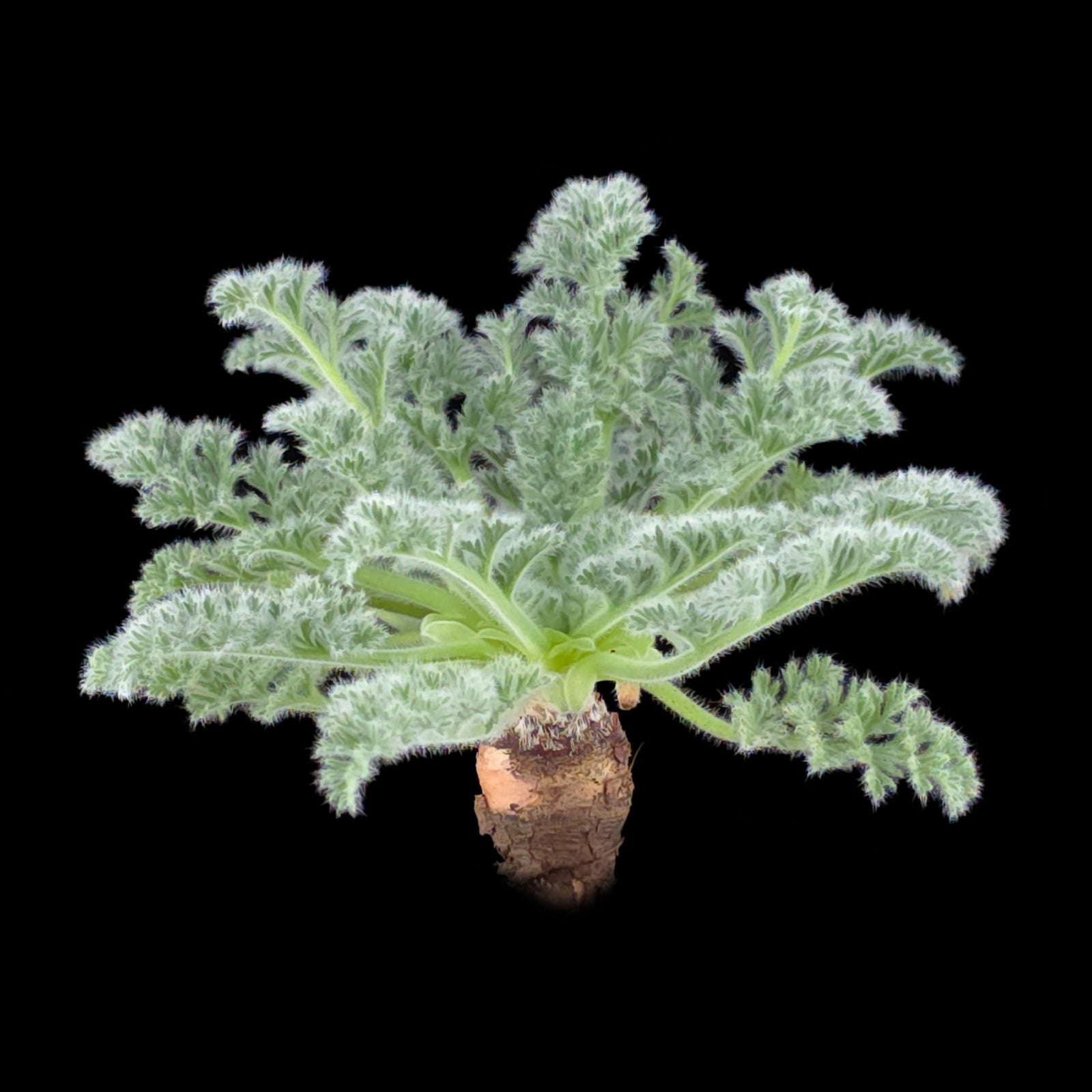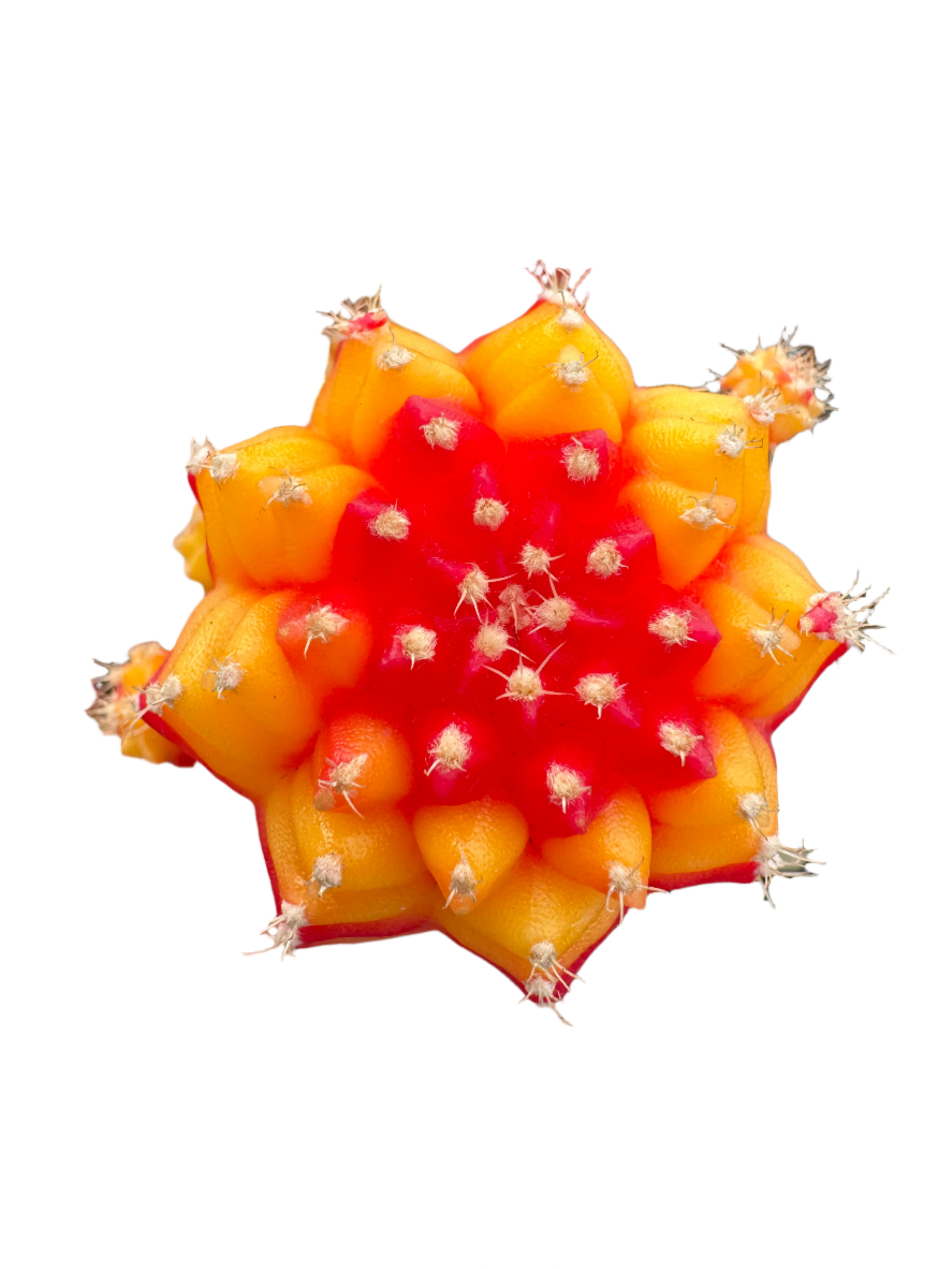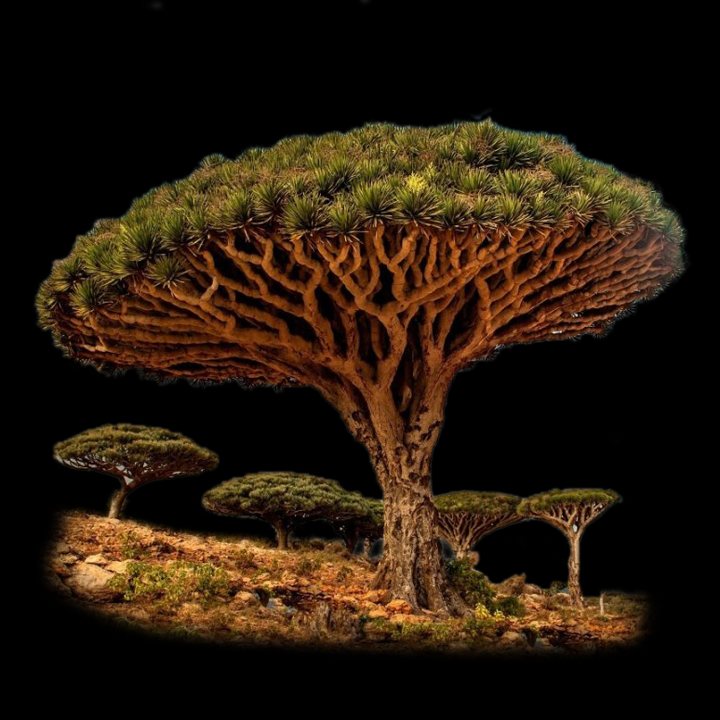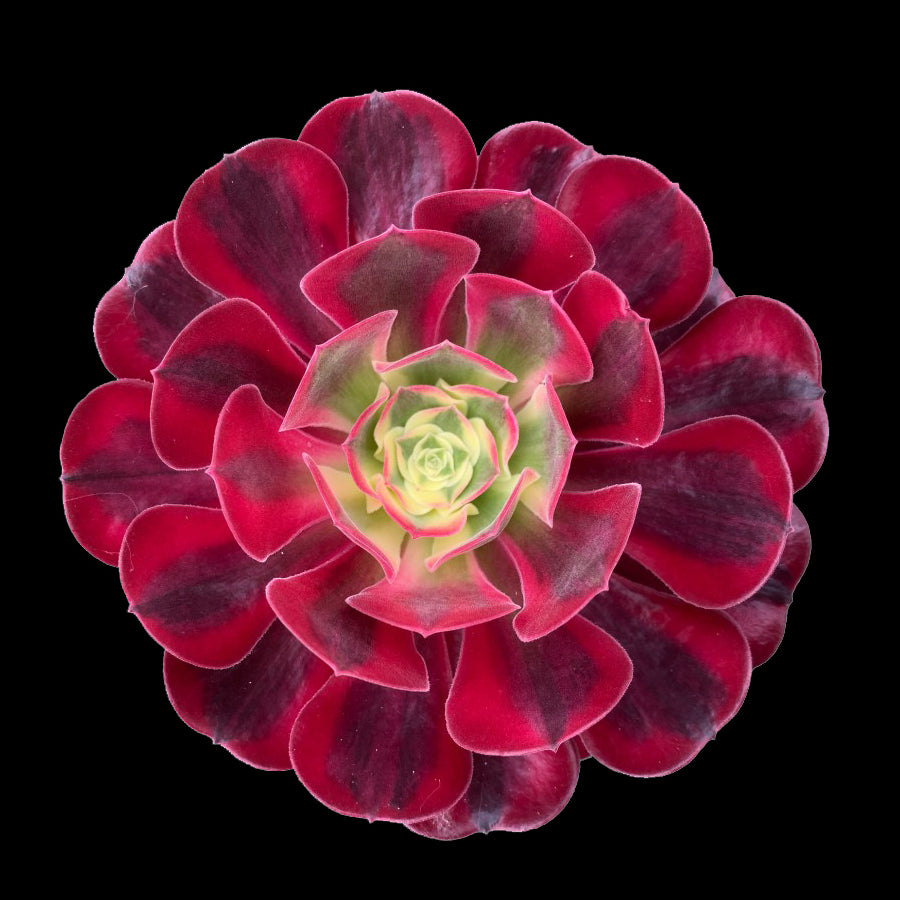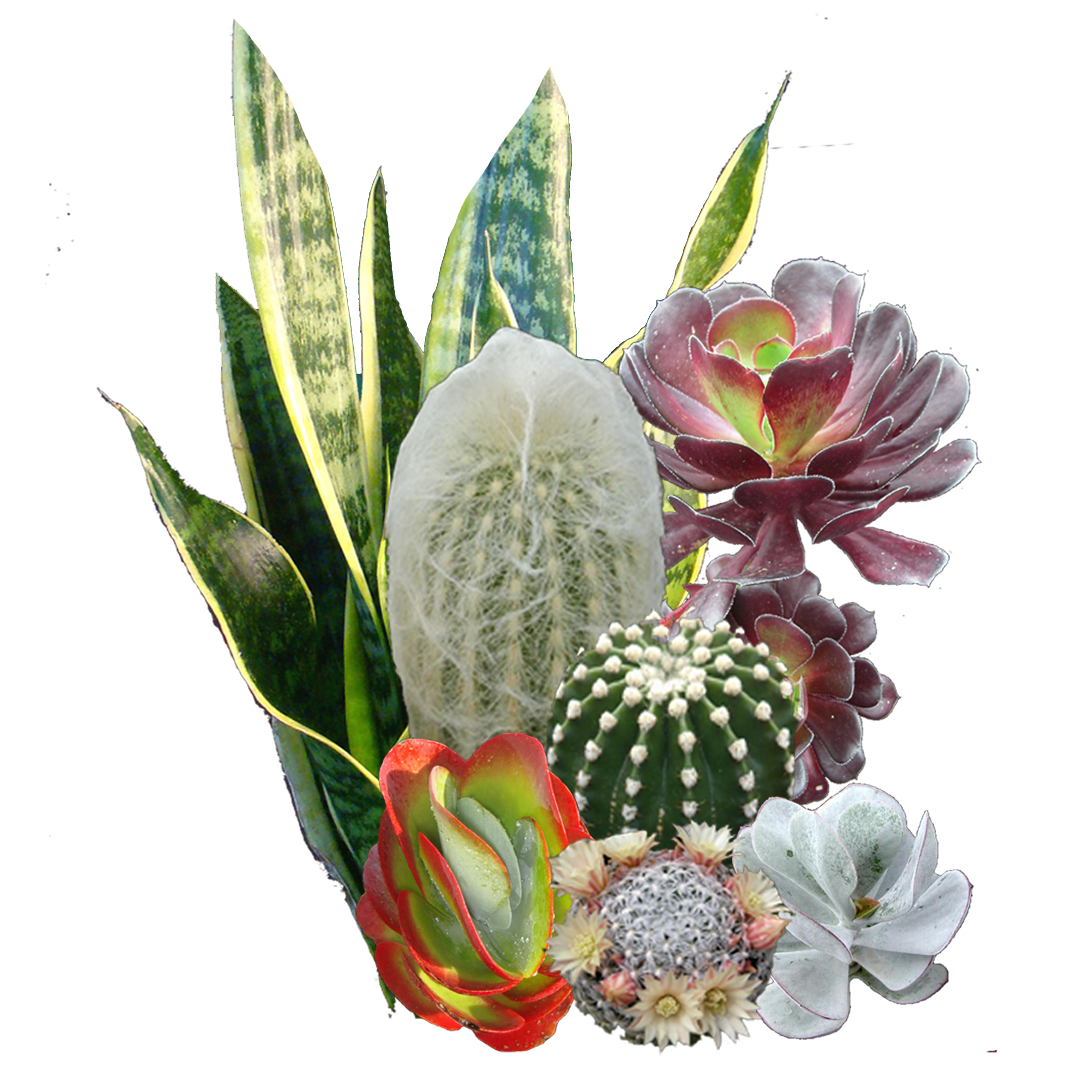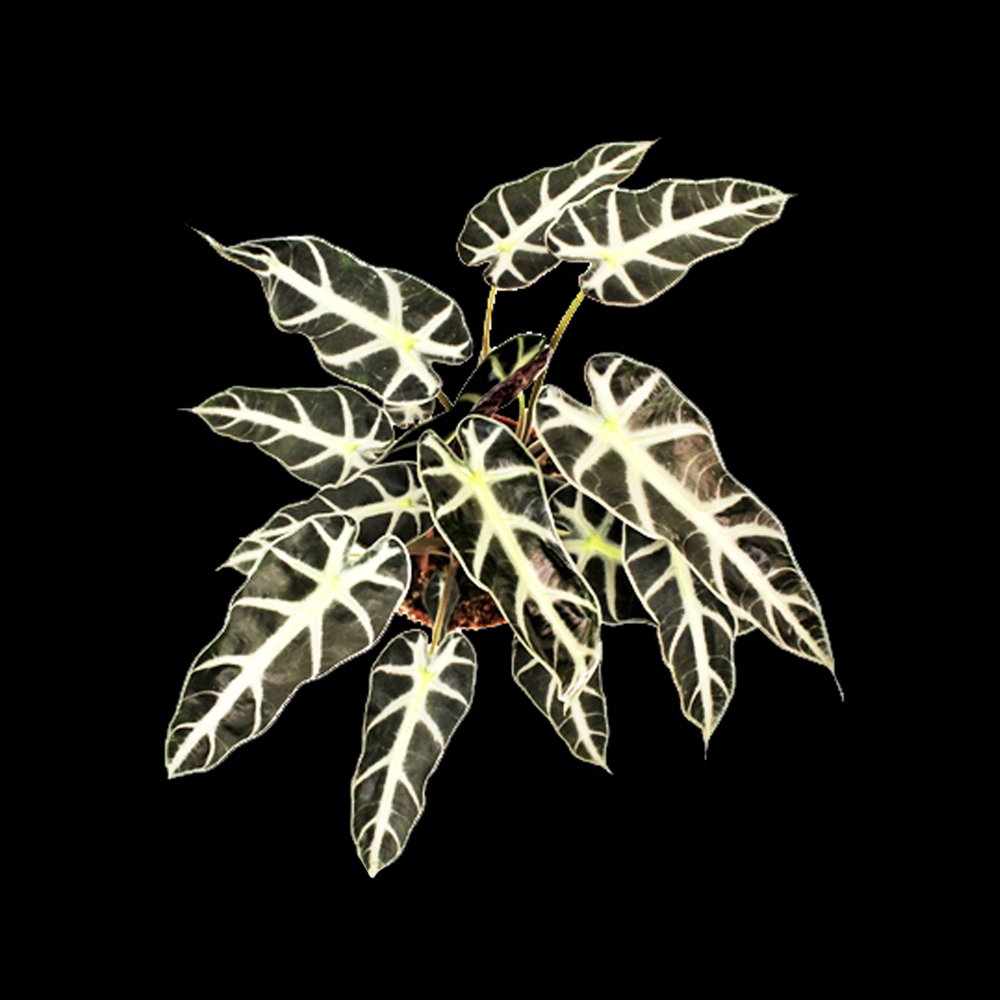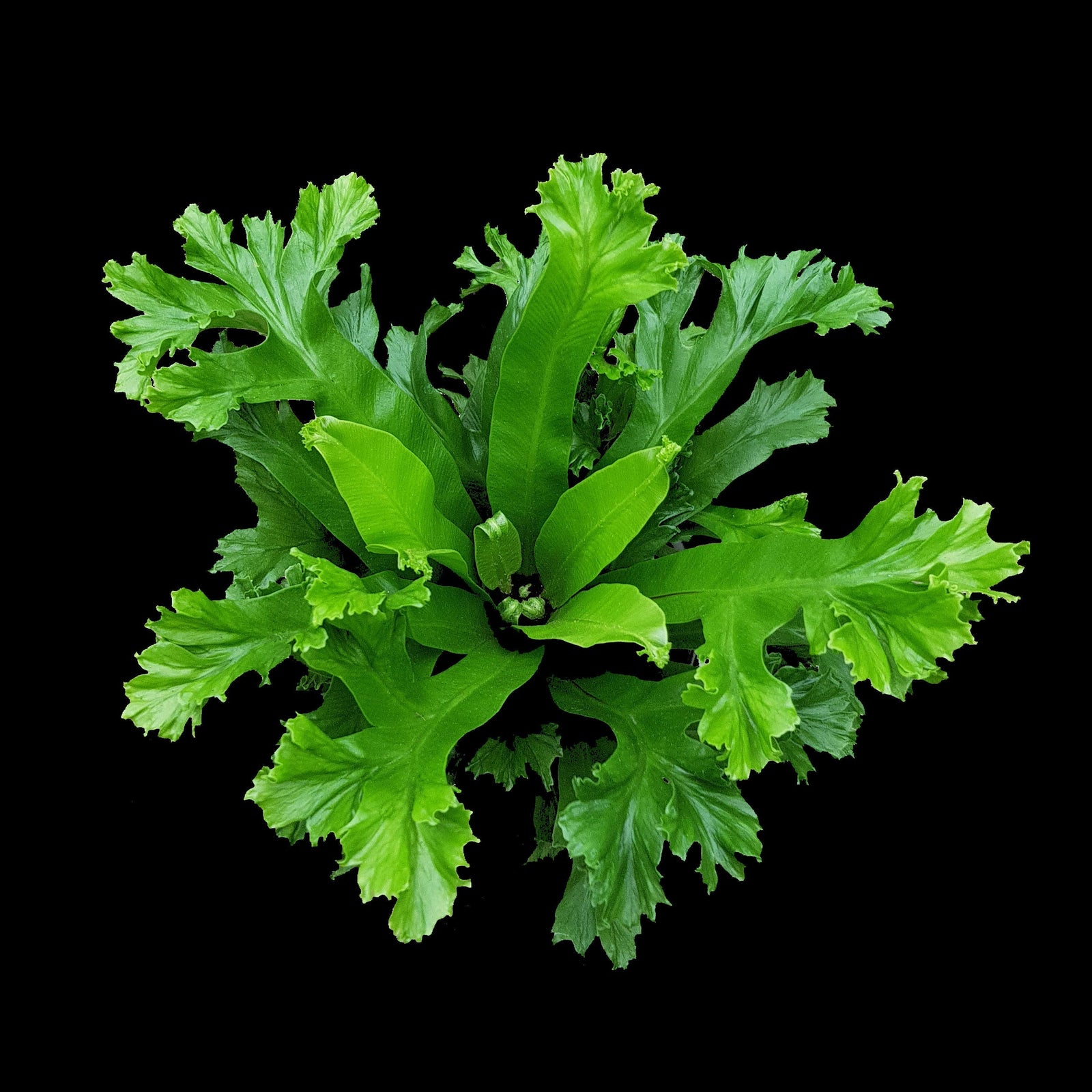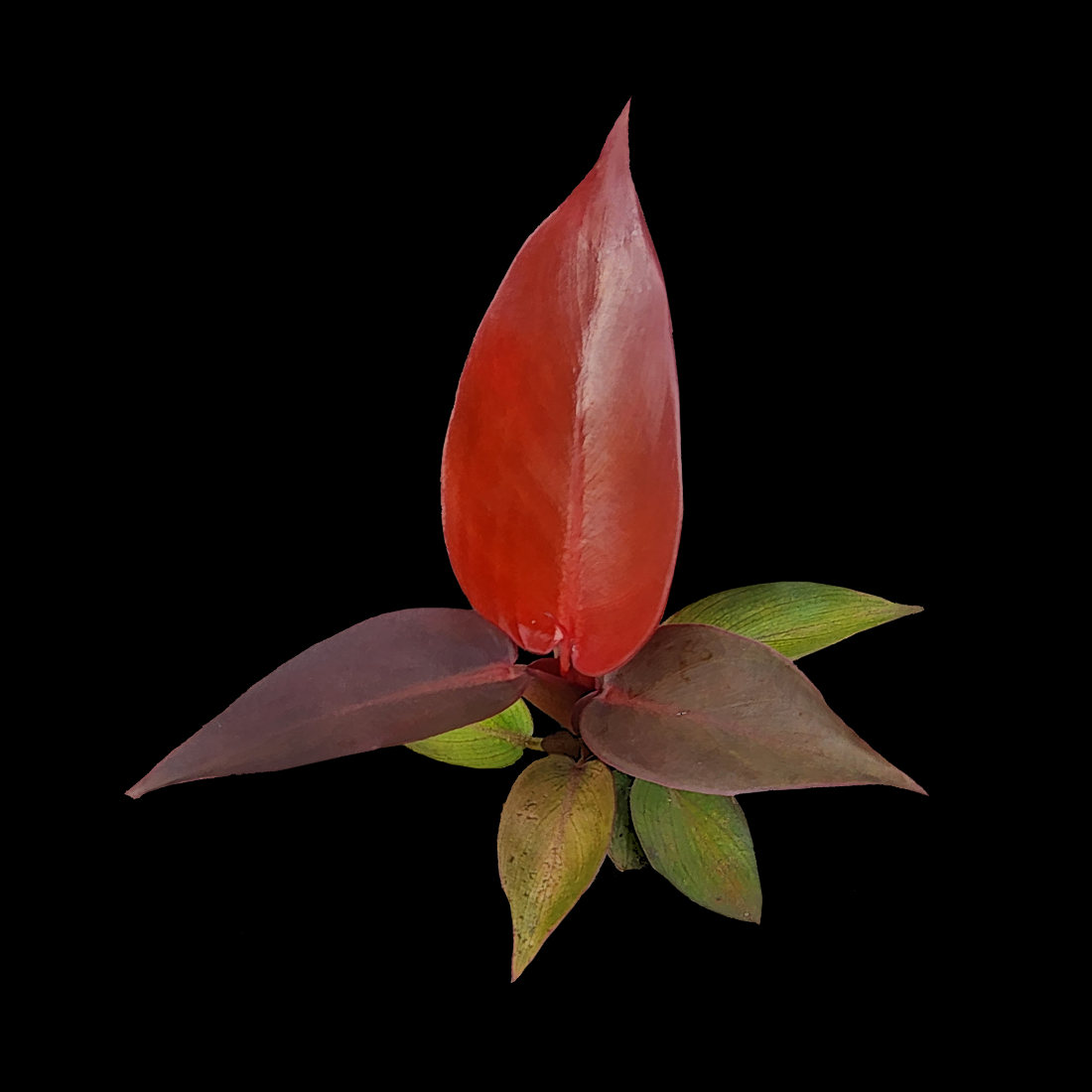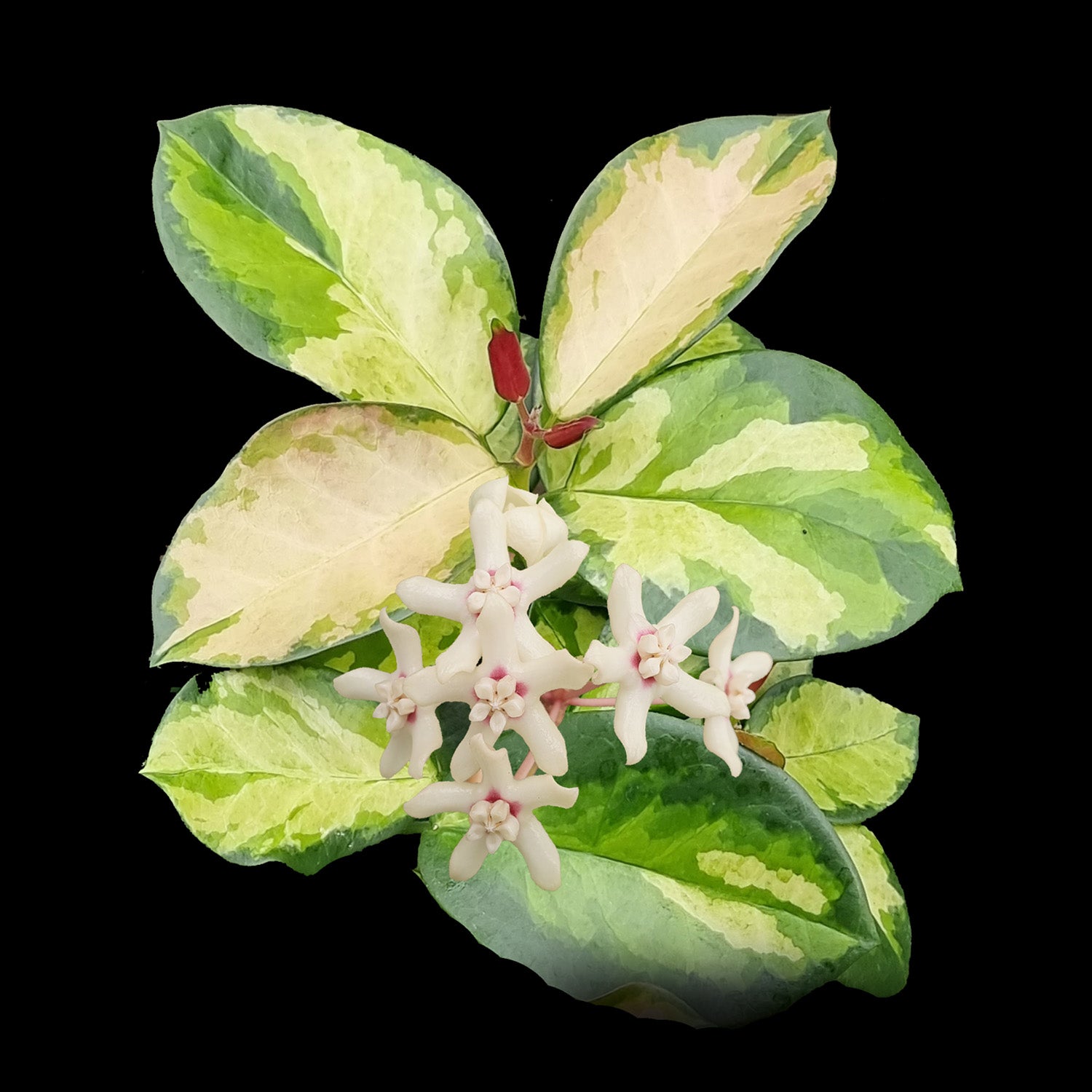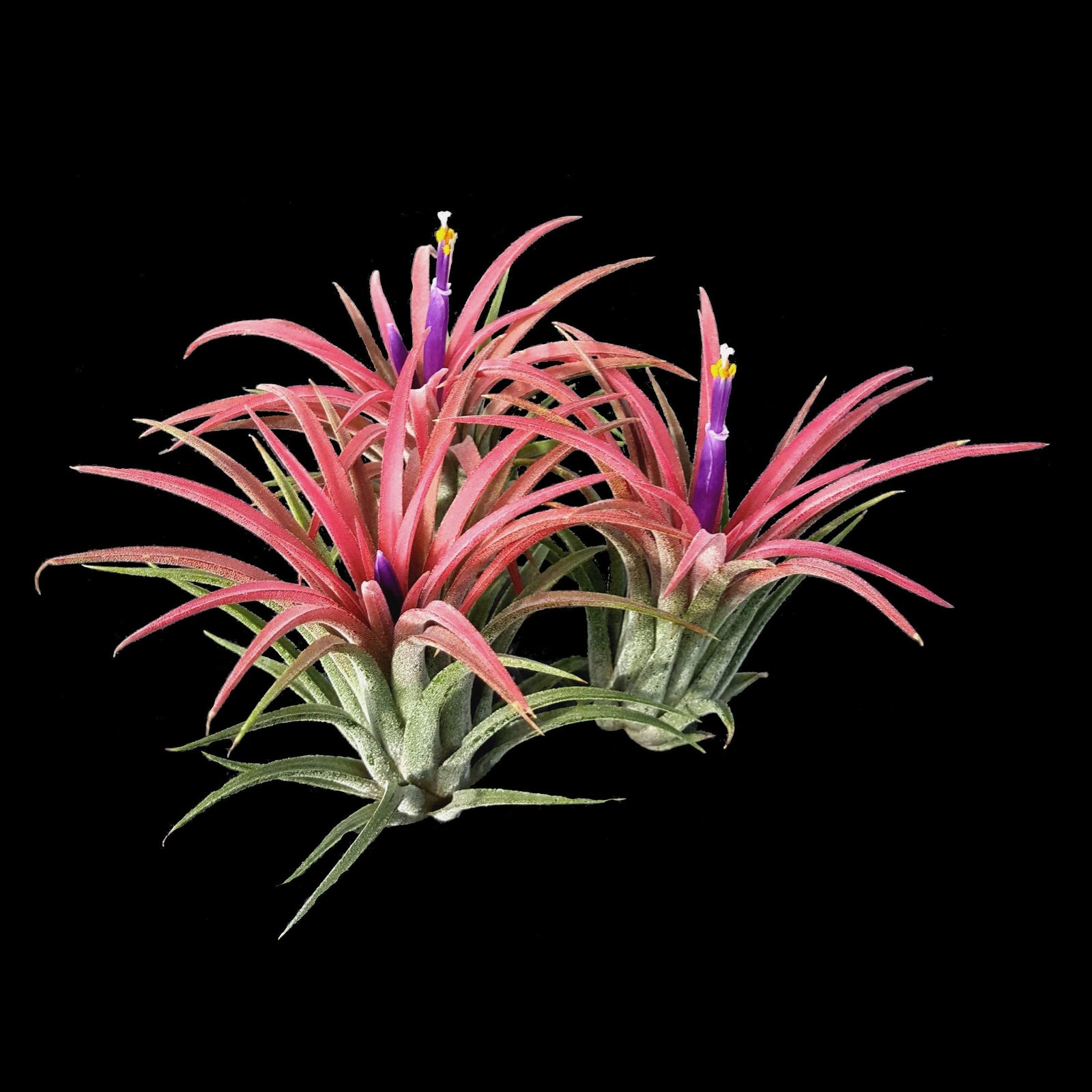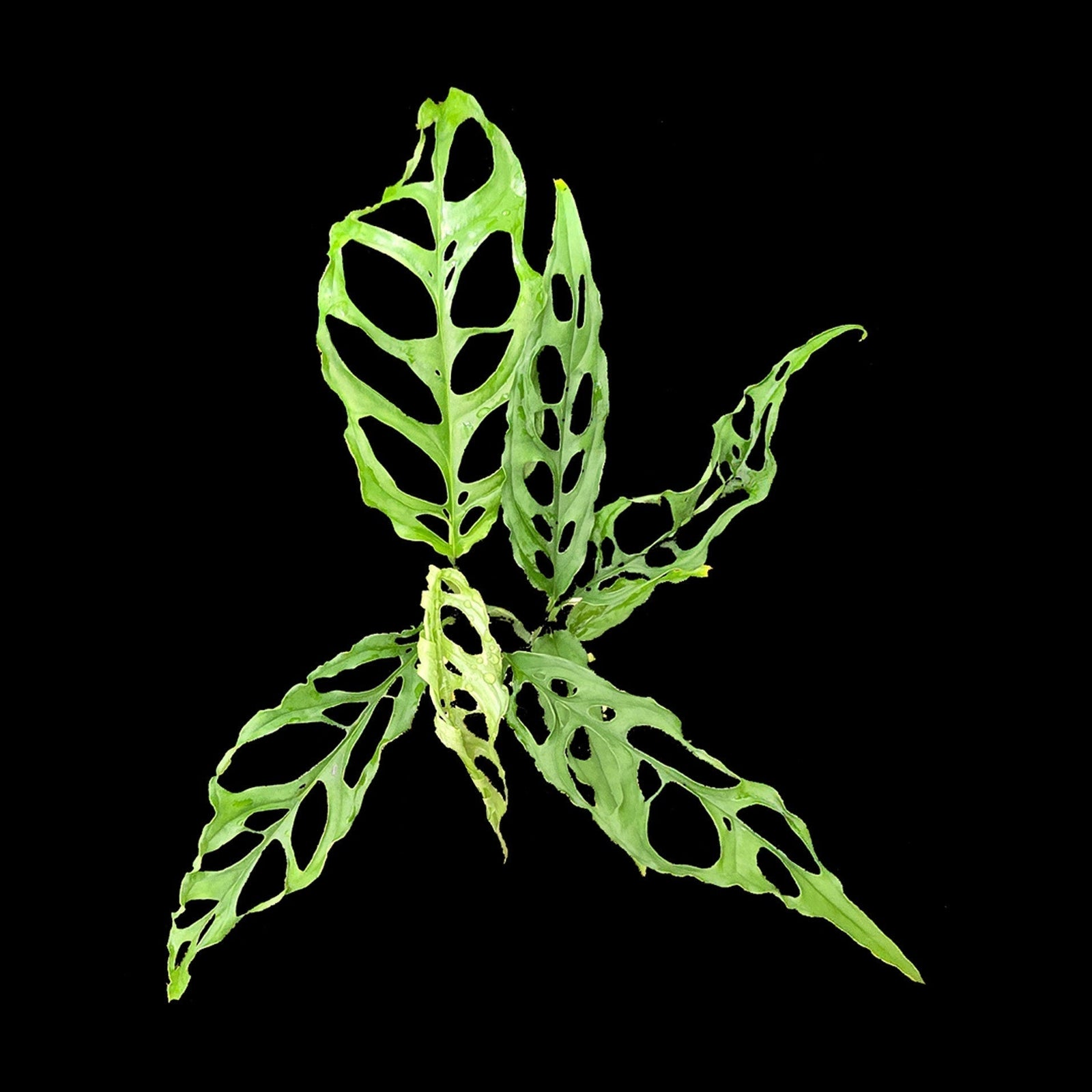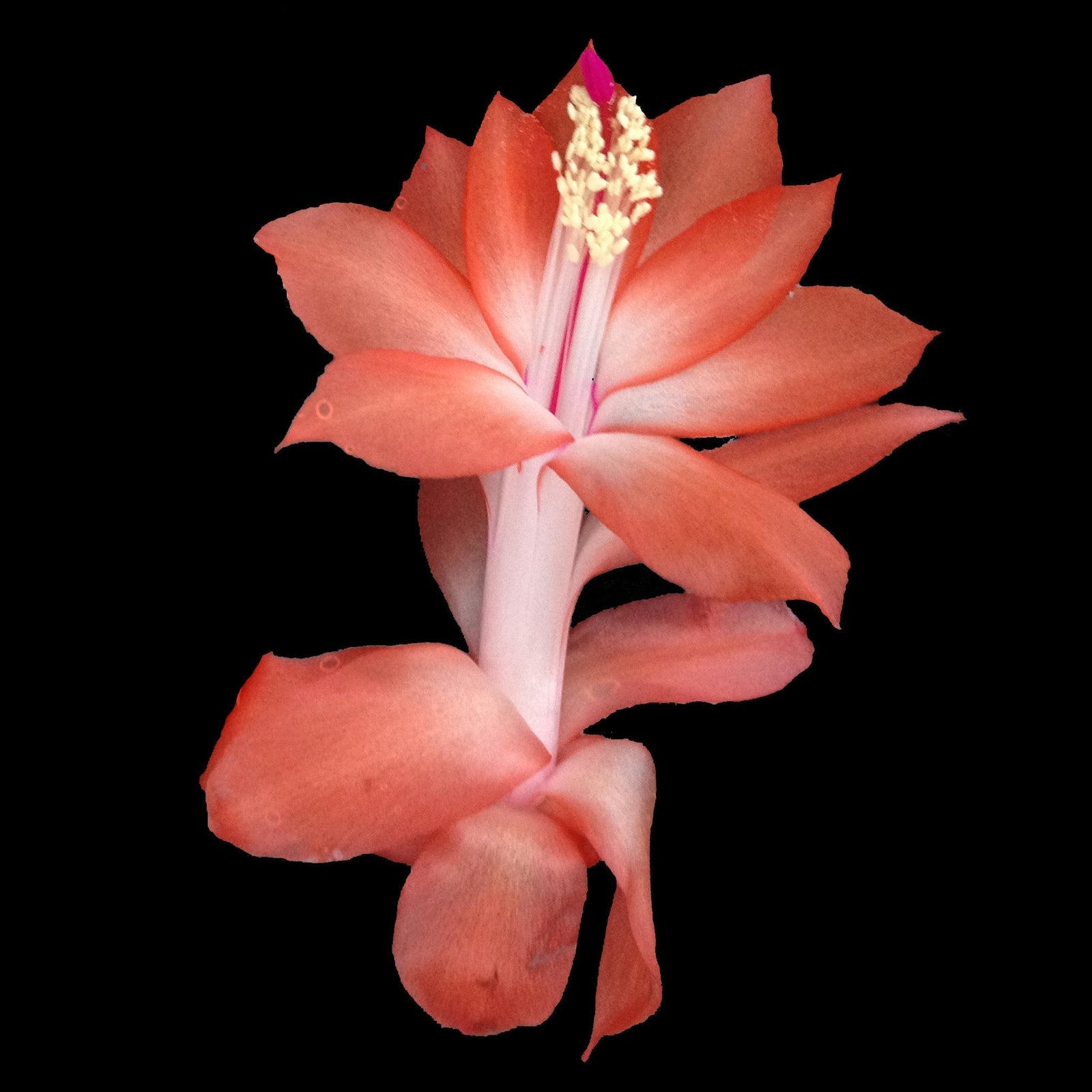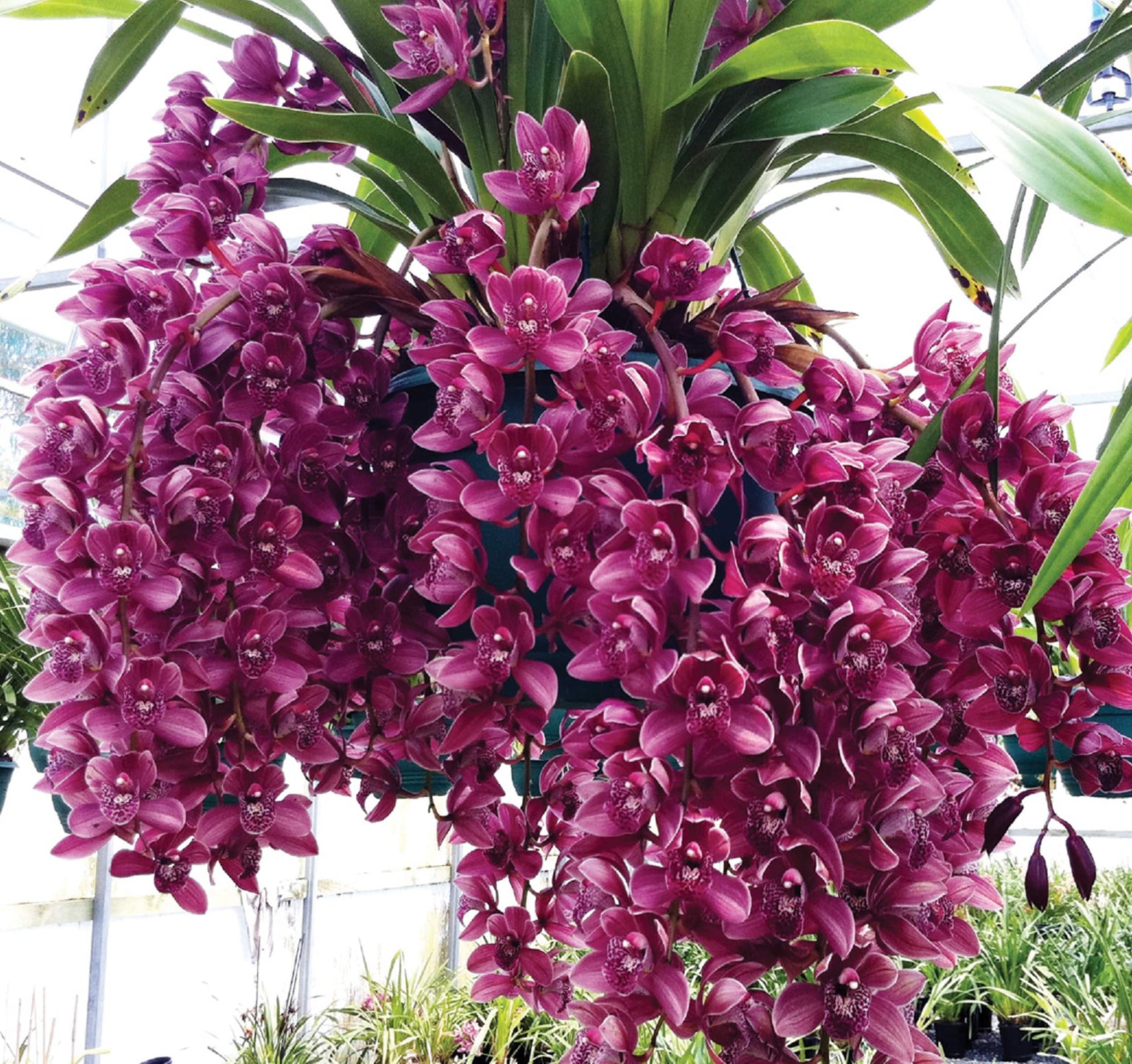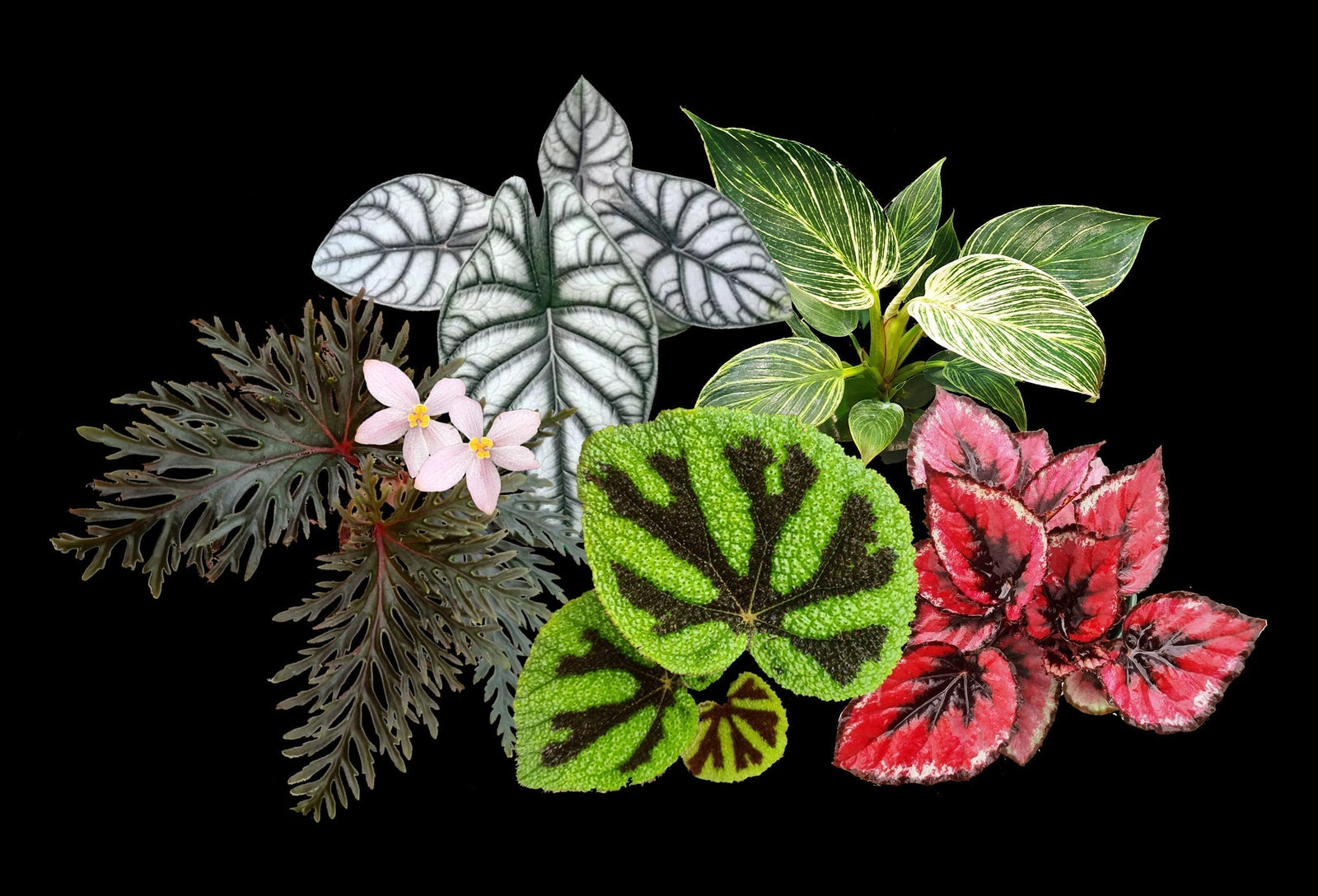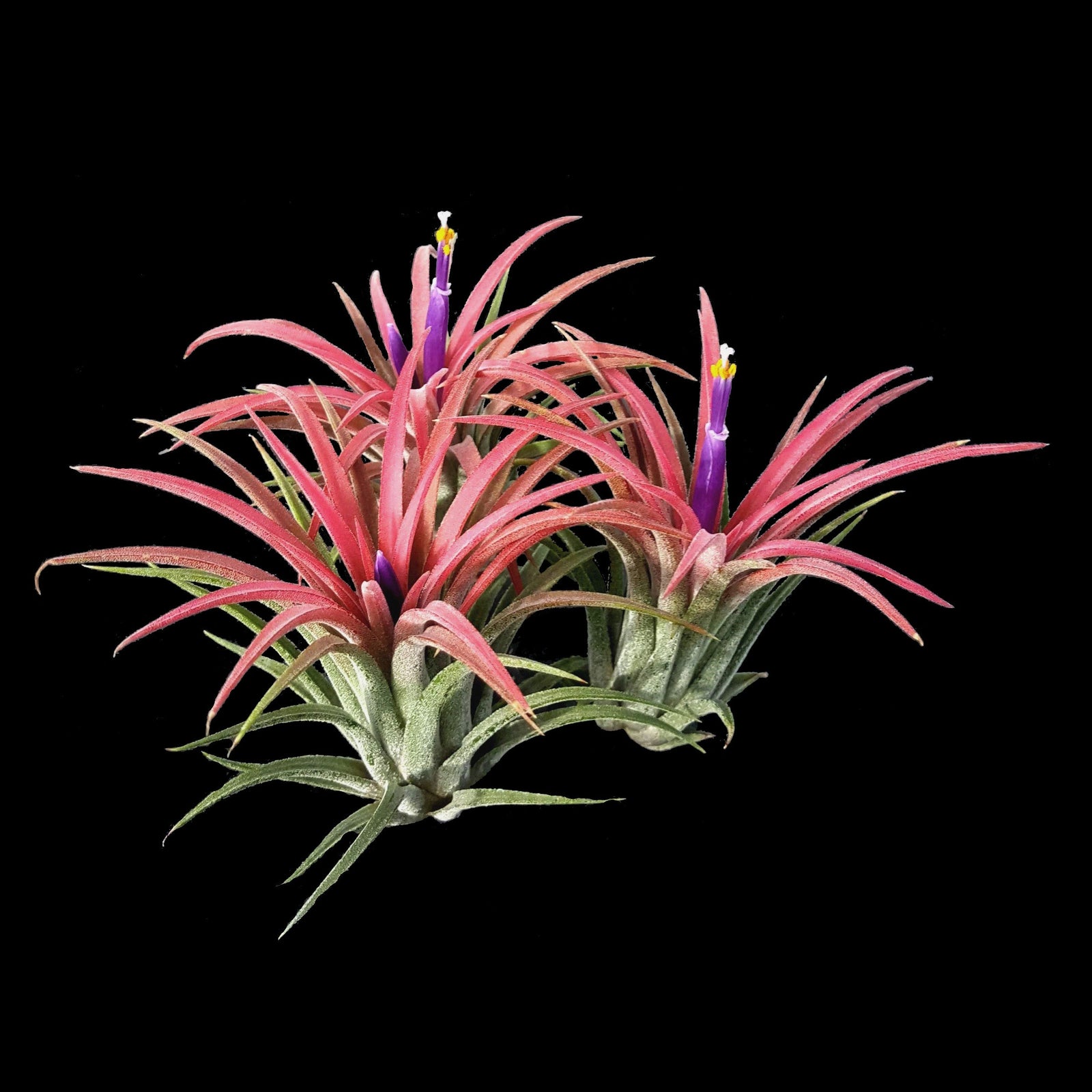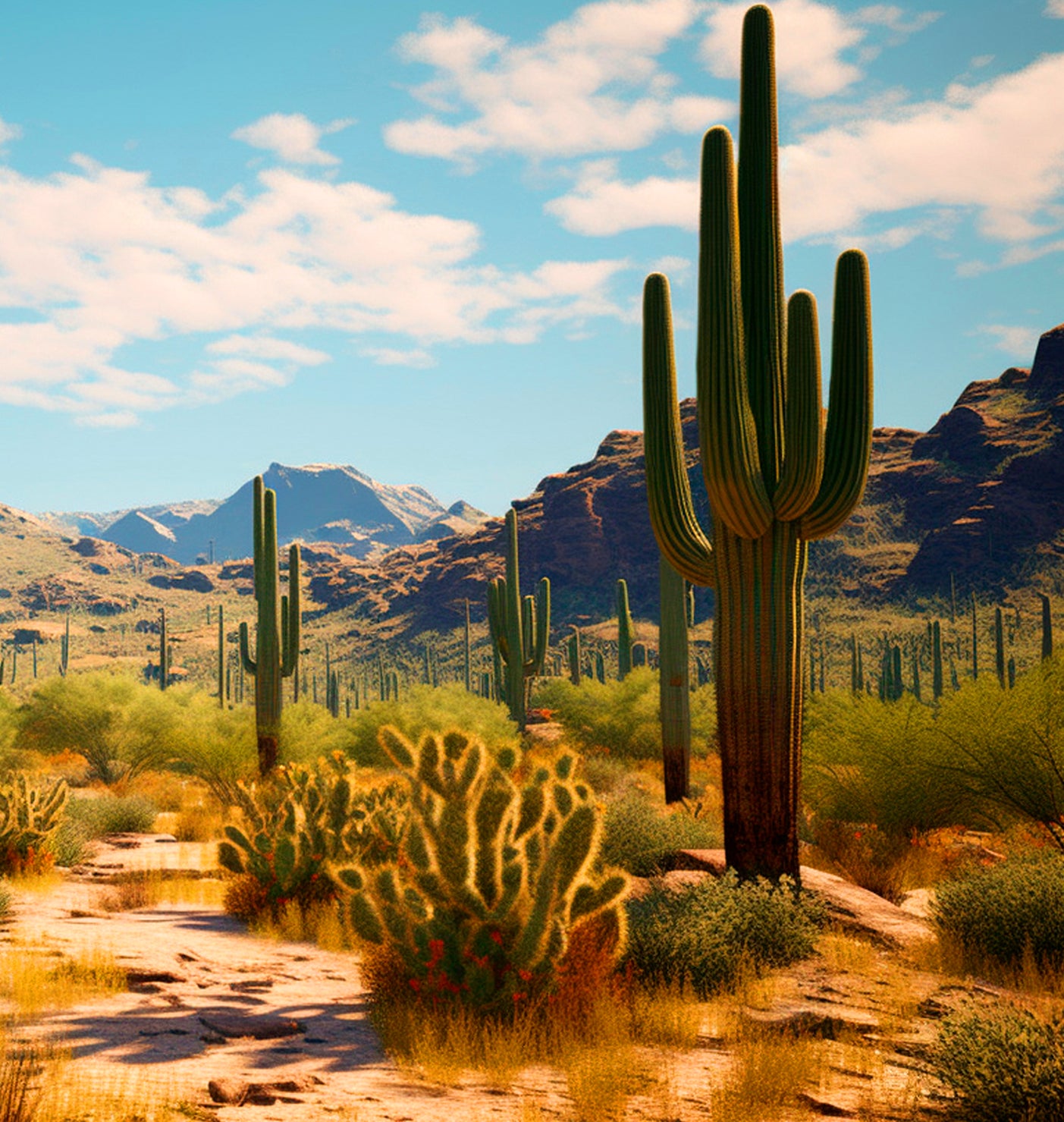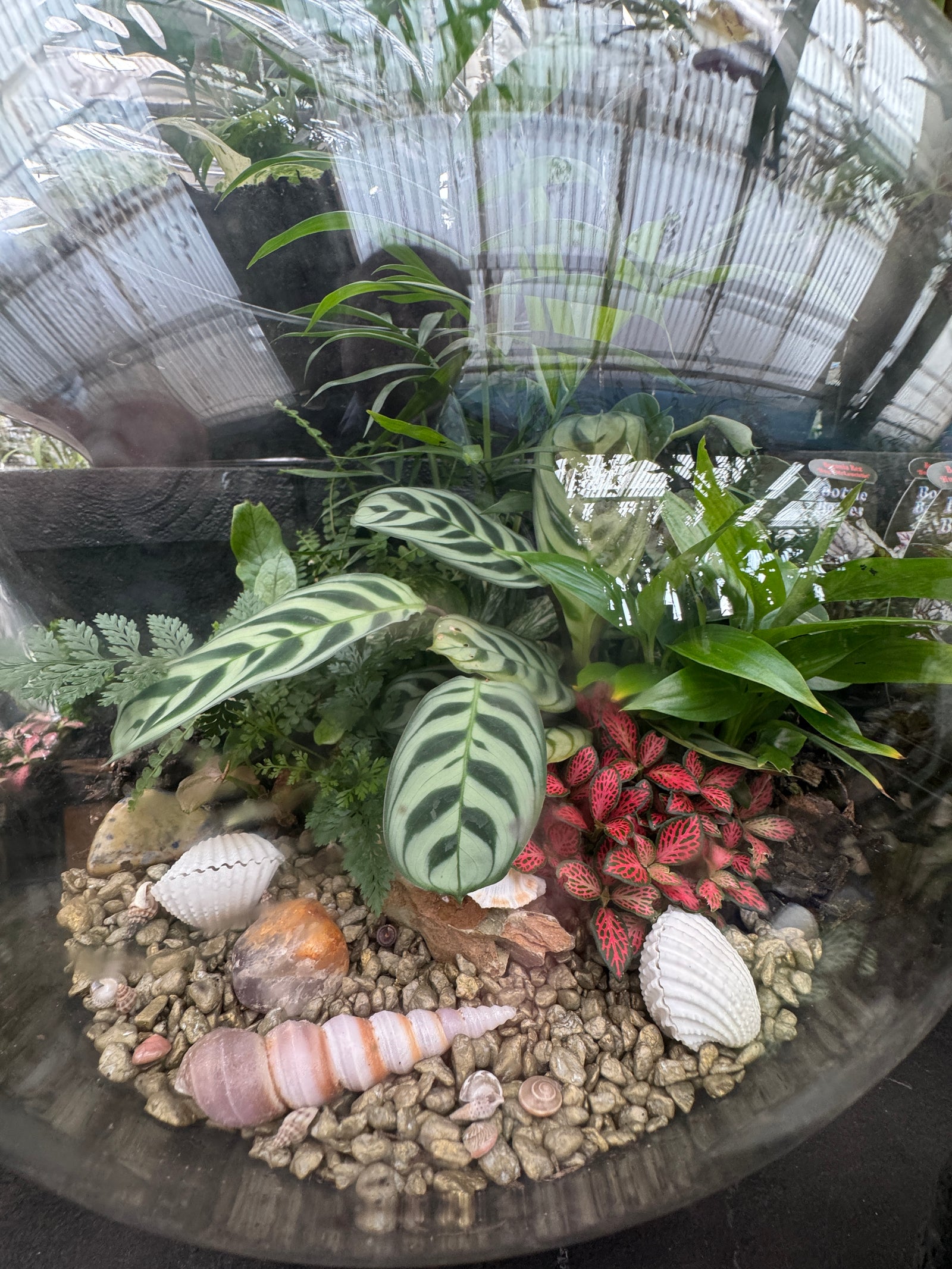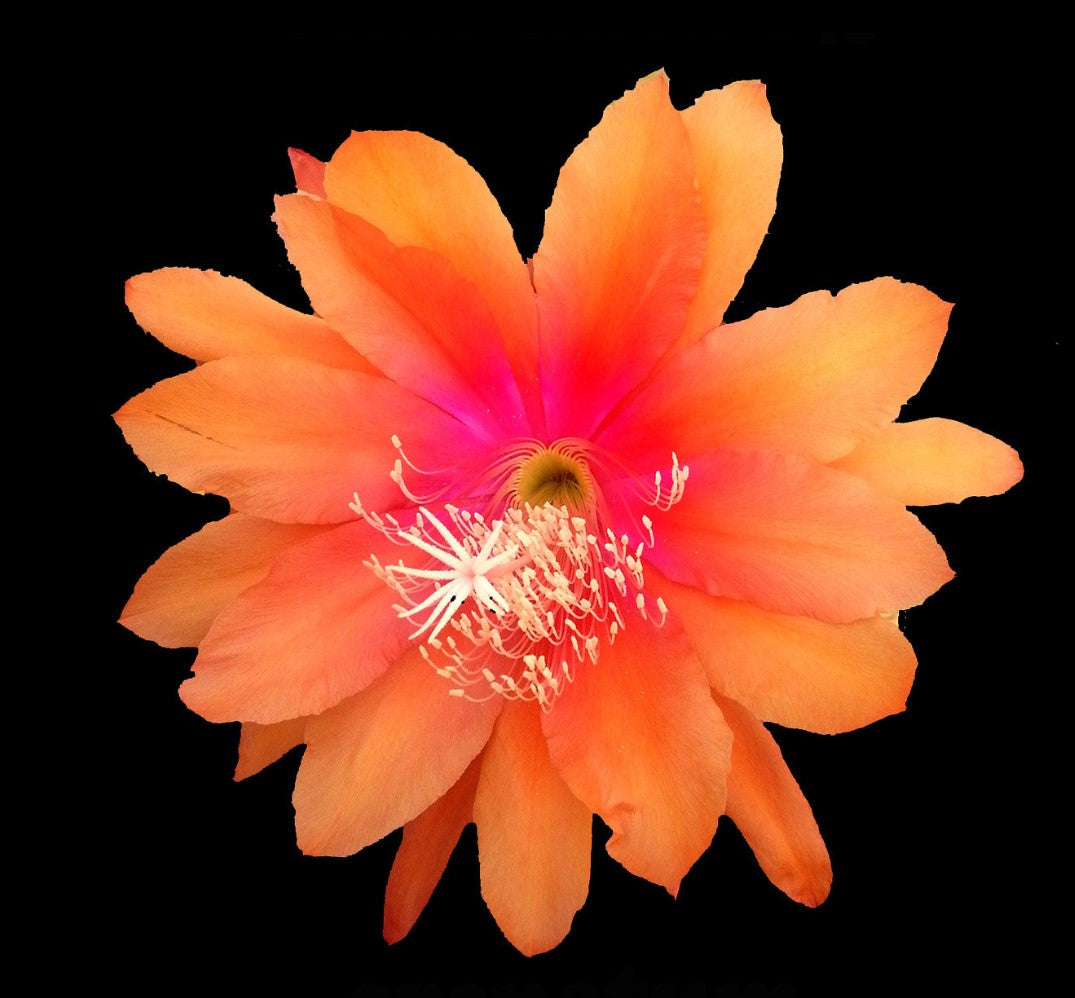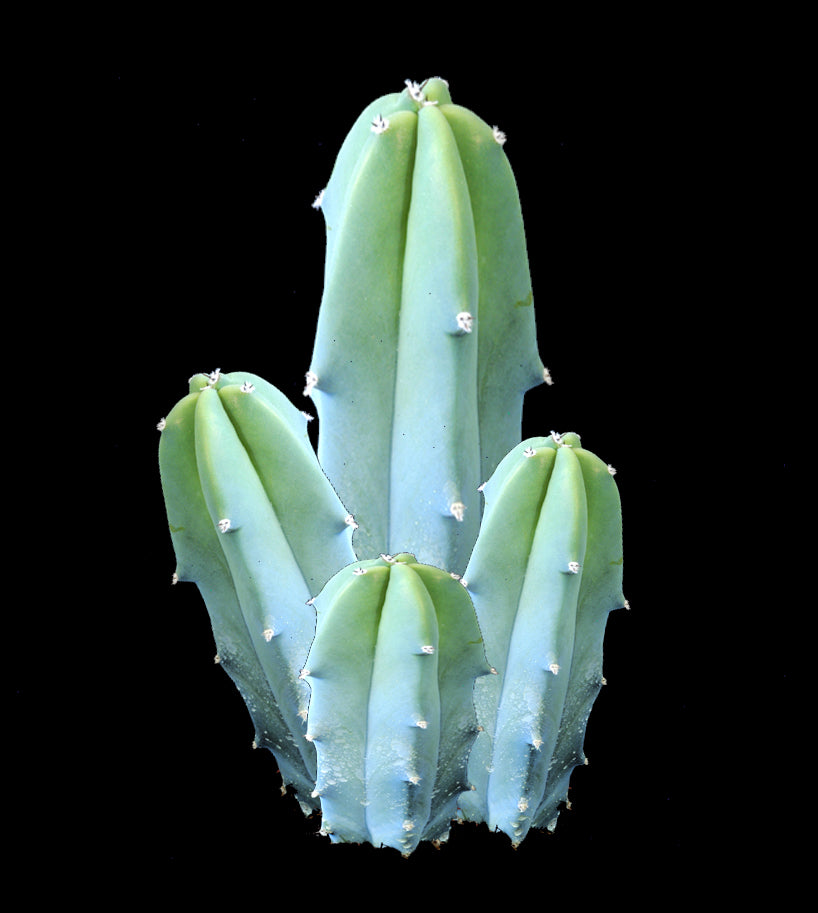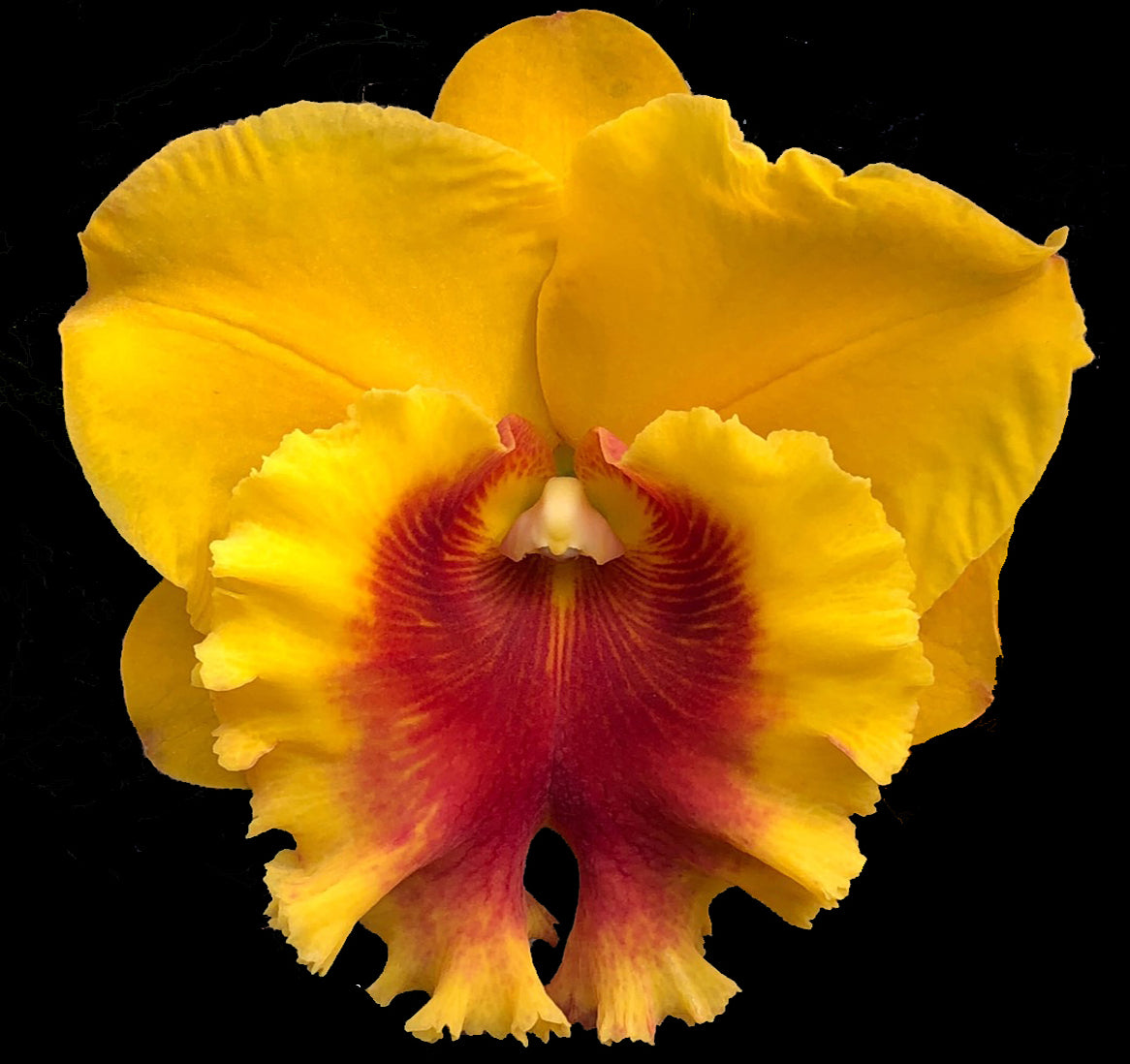Unearthing Beauty: Your Guide to Cultivating Lithops and Other Living Stone Succulents
Step into the intriguing world of Lithops and other "living stone" succulents! These masterfully camouflaged plants are a true collector's delight, but their unique beauty comes with specific care needs. Learn how to grow these fascinating Mesembs, including tips for LED growing, and add an extraordinary touch to your succulent collection.
Imagine plants that perfectly mimic pebbles, blending seamlessly into their rocky surroundings. That's the magic of Lithops and their fascinating cousins, often broadly referred to as "living stones." These aren't just ordinary succulents; they are botanical marvels, masters of camouflage, and a true test (and reward!) for any dedicated plant enthusiast.
Hailing predominantly from the arid, rocky landscapes of Southern Africa, these plants have evolved extraordinary adaptations to survive in harsh conditions. While they are incredibly rewarding, their unique life cycle means they can be challenging to grow if their specific environmental needs aren't met. But don't let that deter you! With the right approach, including the possibility of using LED grow lights for optimal conditions, you can cultivate these miniature masterpieces and add an unparalleled dimension to your succulent collection.
---The Mesemb Family: More Than Just Lithops
While Lithops are arguably the most famous of the "living stones," they belong to a much larger and incredibly diverse plant family called Aizoaceae, specifically a subgroup known as Mesembs (short for Mesembryanthemaceae). This group includes a stunning array of mimicry plants, each with its own unique charm and growth pattern. Let's explore some of these captivating types, many of which thrive under the right artificial lighting:
The Ultimate Mimics: Lithops and Conophytum
- Lithops (Lithops Living Stone Plants): The quintessential living stone, Lithops truly embody their name. Each plant consists of two fleshy, fused leaves with a small fissure, perfectly resembling pebbles. Their patterns and colours are incredibly diverse, from greens and greys to reds and browns, often adorned with intricate windows.
- Conophytum (Conophytum taylorianum – Rare Dwarf Mesemb, Conophytum hians - Living Stone): Similar to Lithops but often smaller and more globular, Conophytums also consist of two fused leaves. Many species are deeply cleft, forming interesting shapes. They are known for their beautiful, often vibrant, autumn and winter blooms.
Textured & Sculptural Wonders
- Titanopsis (Titanopsis calcarea, Titanopsis primosii): These are unmistakable with their chunky, warty leaves that perfectly mimic limestone or concrete. The rough texture and grey-green colour make them look like miniature, ancient landscapes.
- Pleiospilos (Pleiospilos nelii, Pleiospilos nelii 'Royal Flush'): Often called "Split Rocks," Pleiospilos have larger, more angular leaves that resemble split granite. They're known for their striking orange or yellow daisy-like flowers that emerge from the fissure, while the 'Royal Flush' cultivar boasts a captivating deep purple to wine-red leaf coloration.
- Aloinopsis rubrolineata (Aloinopsis rubrolineata): Featuring unique, often subtly textured leaves, Aloinopsis species add a different kind of interest to the stone mimicry theme.
- Lapidaria margaretae (Lapidaria margaretae): True to its name ("stone"), Lapidaria forms rosettes of smooth, grey-blue leaves that tightly resemble polished stones.
Finger-like & Hoofed Forms
- Fenestraria rhopalophylla 'Baby Toes' (Fenestraria rhopalophylla 'Baby Toes' subs. aurantiaca): Adorably named "Baby Toes," these succulents have translucent "windows" at the tips of their cylindrical leaves, allowing light to penetrate for photosynthesis—a clever adaptation to avoid harsh sun.
- Frithia pulchra 'Insect Eyes' (Frithia pulchra 'Insect Eyes' - Jewel of Succulents): Similar to Fenestraria, Frithia also have transparent tips, resembling tiny insect eyes. They produce vibrant magenta or purple flowers.
- Cheiridopsis (Cheiridopsis pillansii - Hoof Mesemb, Cheiridopsis peculiaris): Known for their incredibly varied and often bizarre leaf forms, some Cheiridopsis species mimic hooves, while others have uniquely textured or elongated leaves.
- Argyroderma fissum (Argyroderma fissum): These succulents form compact clumps of smooth, rounded, silver-grey leaves, often with a slight fissure. They resemble polished river stones.
The Culture of Stones: Why Specific Care (and Maybe LEDs) is Crucial
Unlike many other succulents, Lithops and their Mesemb relatives have very distinct growing seasons and dormant periods that must be respected. Their entire growth cycle is an adaptation to extreme aridity, and attempting to grow them like a typical houseplant will often lead to failure. This is why they are considered challenging to grow if conditions are not exactly right.
Key Cultural Considerations:
-
Watering: Less is ALWAYS More! This is the most critical factor. Overwatering is the number one killer of living stones.
- Lithops: They typically need water only a few times a year. Water when the old leaves are completely shrivelled and absorbed by the new leaves, usually in late summer to autumn. Avoid watering when they are splitting or dormant in winter.
- Conophytum: Generally a winter grower. Water sparingly during their active growth, allowing soil to dry completely. Keep dry during their summer dormancy.
- Pleiospilos: Similar to Lithops, water very sparingly, especially when new leaves are emerging from the split.
- Fenestraria/Frithia: Active in cooler months. Water more regularly than Lithops, but still allow soil to dry. Reduce water in summer.
- Titanopsis/Cheiridopsis/Aloinopsis/Lapidaria/Argyroderma: Many are winter growers, requiring very infrequent watering in warmer months. Always err on the side of underwatering.
- Soil: Drainage is Non-Negotiable. They absolutely require an extremely gritty, fast-draining soil mix. A mix of pumice, perlite, and a small amount of potting mix or coco coir (80-90% inorganic) is ideal. Do not use standard potting soil.
- Light: Bright and Direct (with Acclimation). These plants thrive in very bright, direct sunlight. For those growing indoors or in areas with less natural light, LED grow lights can be a beneficial consideration for providing the intense light these plants crave. If using LEDs, ensure they are full-spectrum and positioned at an appropriate distance for 10-14 hours daily during active growth, adjusting as needed. Always acclimate plants to new light conditions gradually.
- Airflow: Essential. Good air circulation helps prevent fungal issues, especially when coupled with their need for low humidity. Ensure your indoor growing area has some air movement.
- Dormancy: Respect the Cycle. Understanding their unique dormancy periods (often summer, unlike many other plants) is vital. Watering during dormancy can alleviate rot very quickly. Observe your plant for signs of growth (or lack thereof) to determine its current phase.
- Pots: Shallow and Porous. Unglazed terracotta pots are excellent as they promote evaporation and airflow to the roots. Shallow pots are usually sufficient as their root systems are not extensive.
While their precise watering schedules can vary by species and your local climate, the golden rule remains: **when in doubt, do not water.** It is far easier to recover an underwatered living stone than an overwatered one.
---Start Your Living Stone Collection Today!
Embracing the specific culture of Lithops and other Mesembs is a rewarding journey. These incredible plants bring a unique geological aesthetic to your indoor garden, surprising and delighting with their vibrant blooms and uncanny resemblance to the stones they hide amongst in nature.
Are you ready to add these fascinating "living stones" to your collection? Explore our unique range and find the perfect mimicry plant to challenge and charm you!











